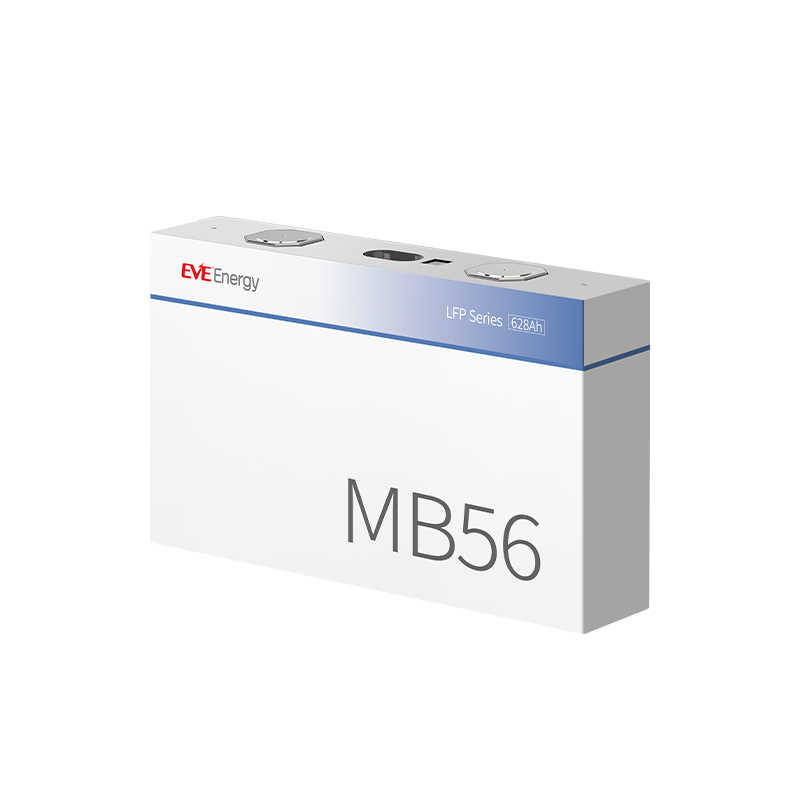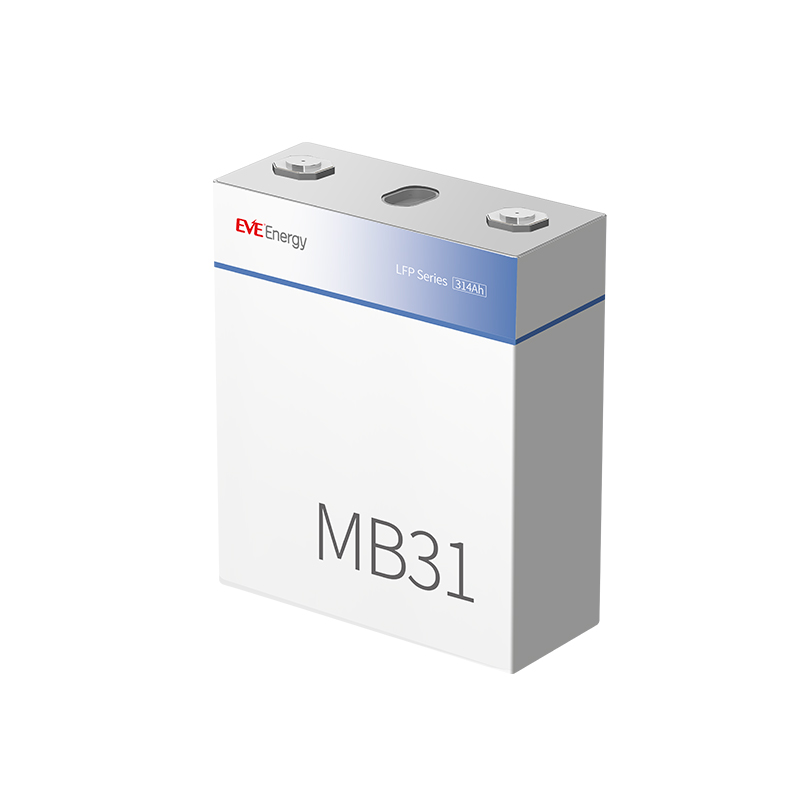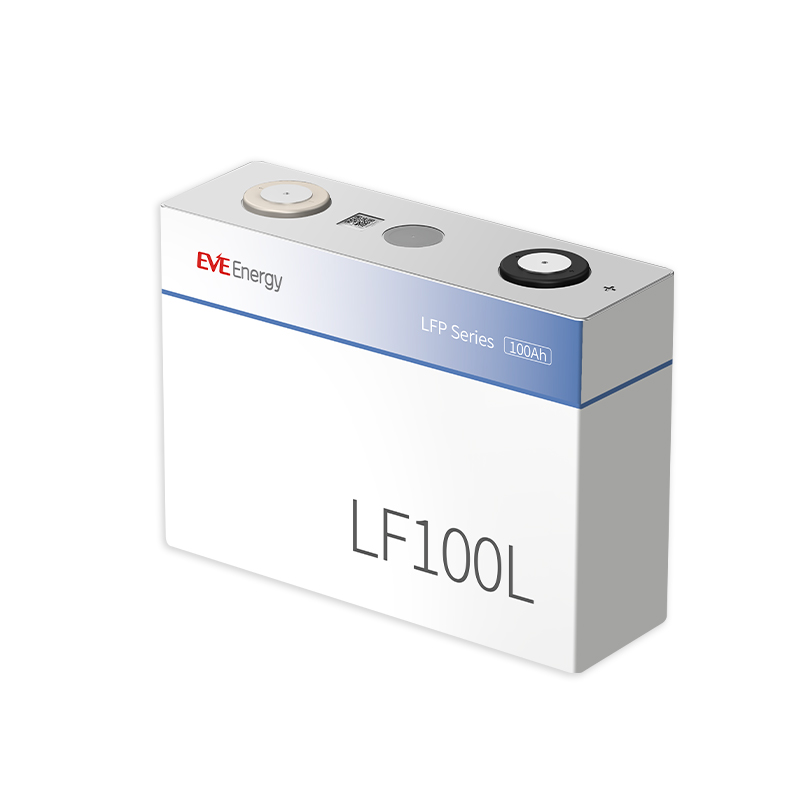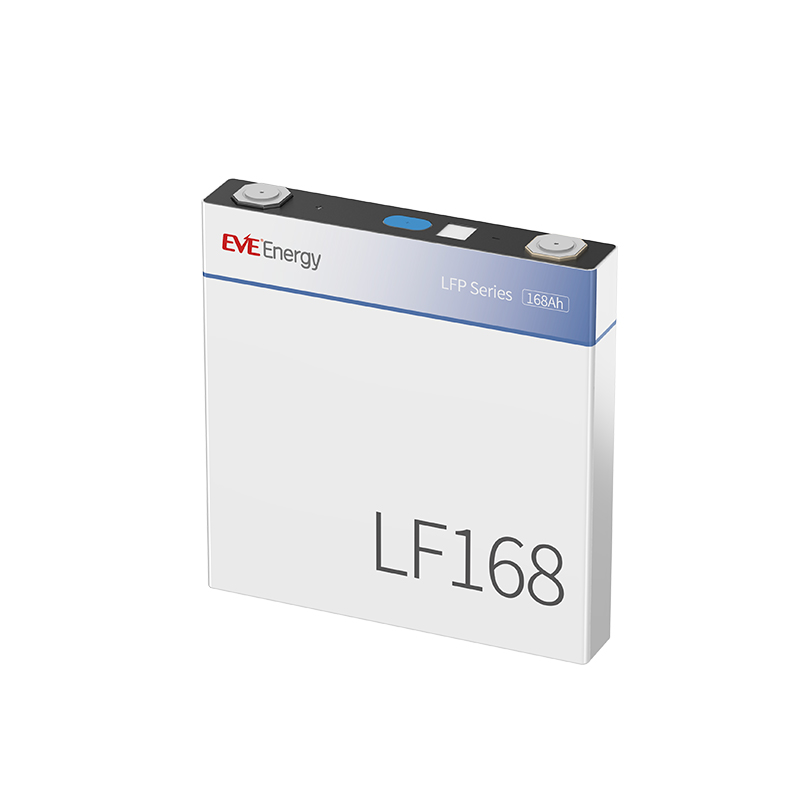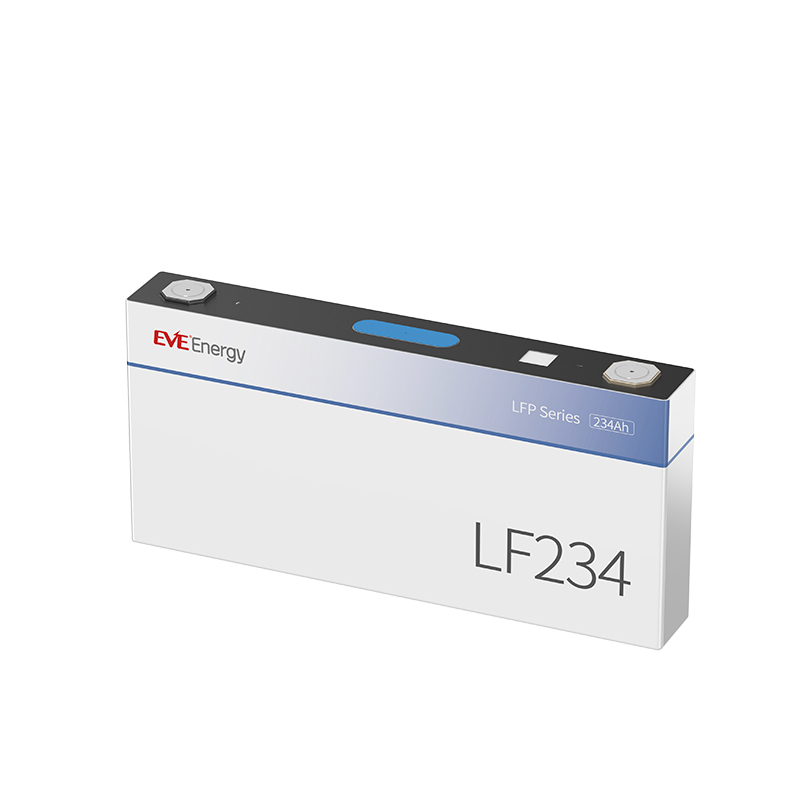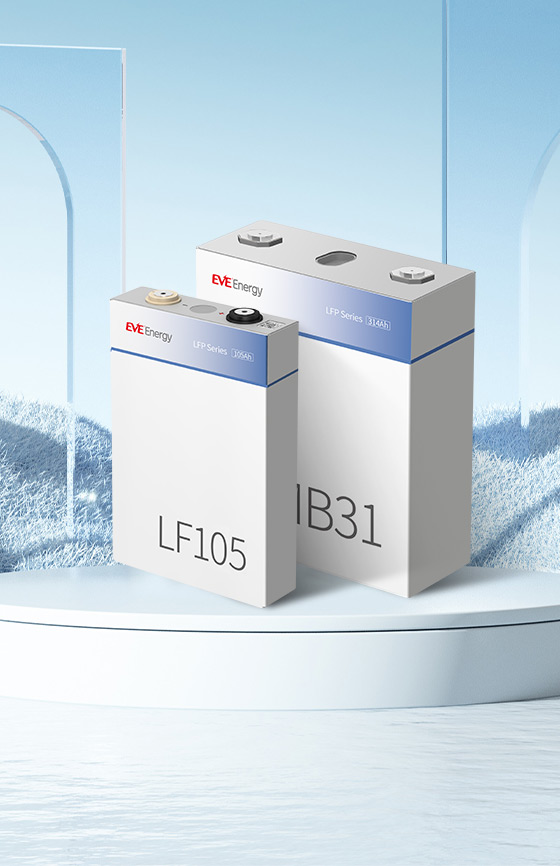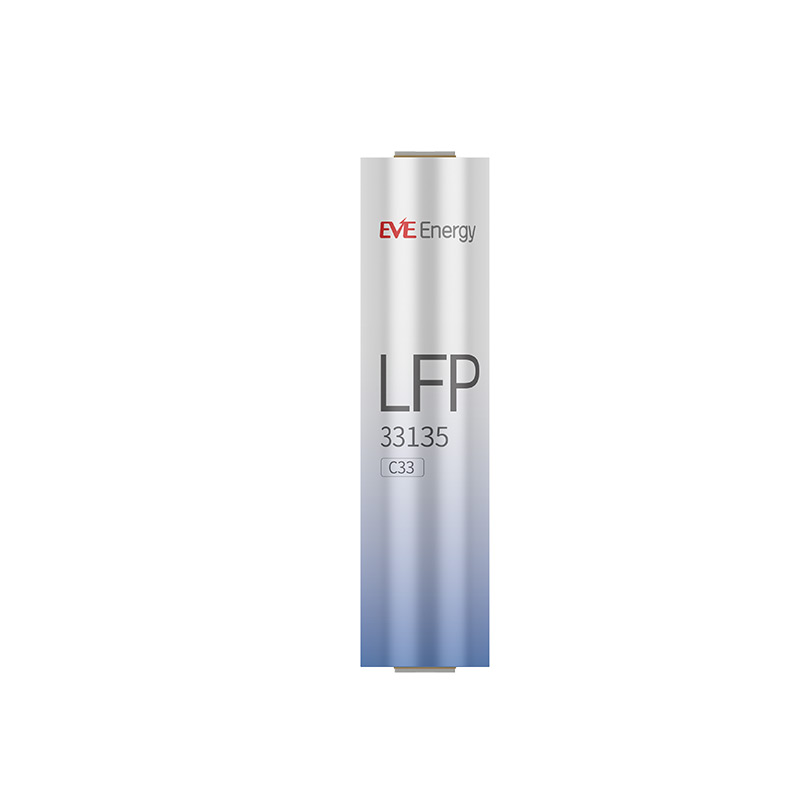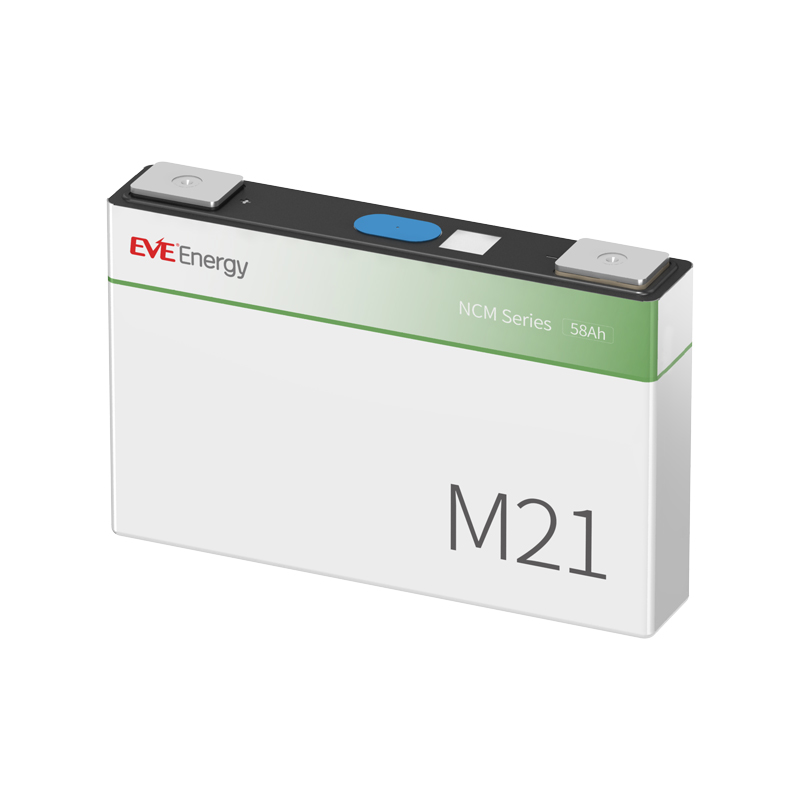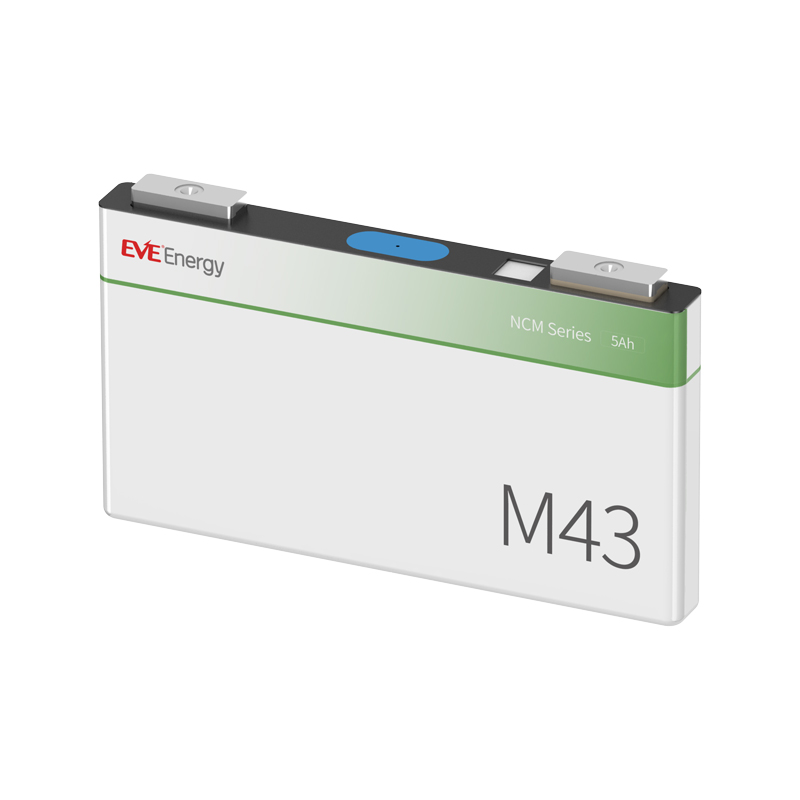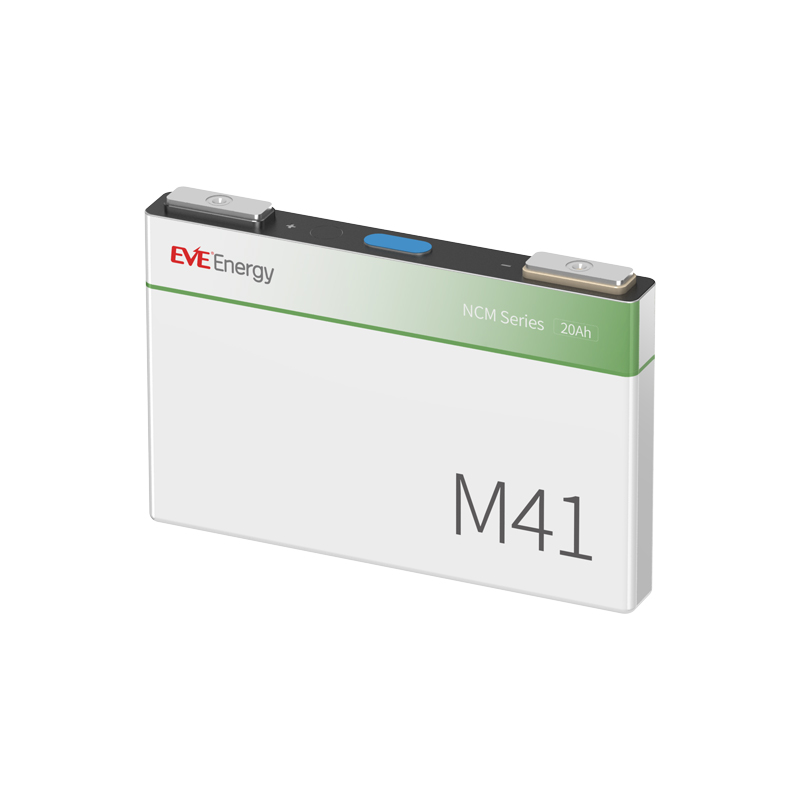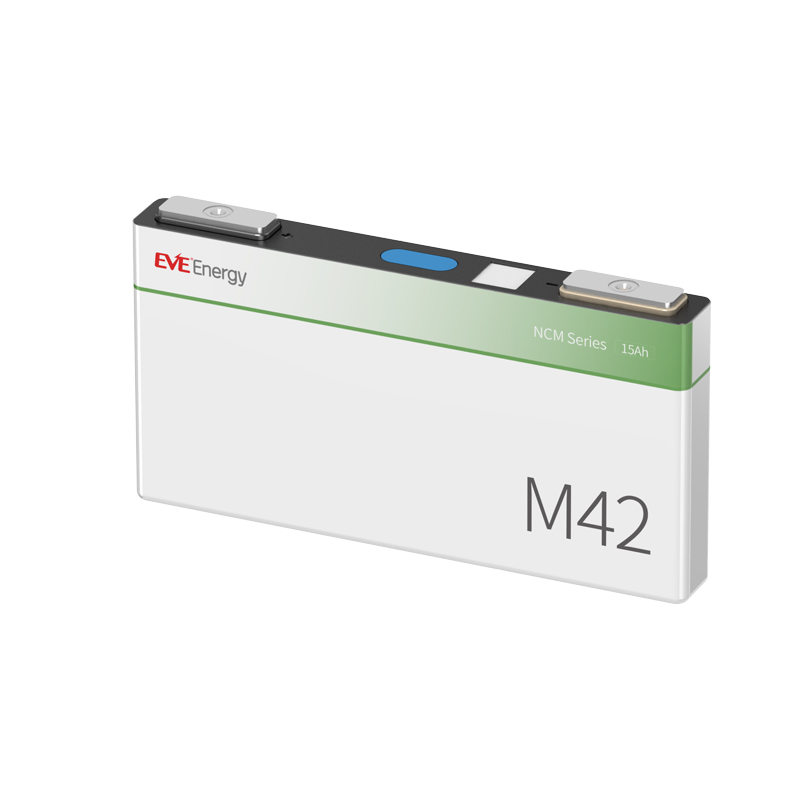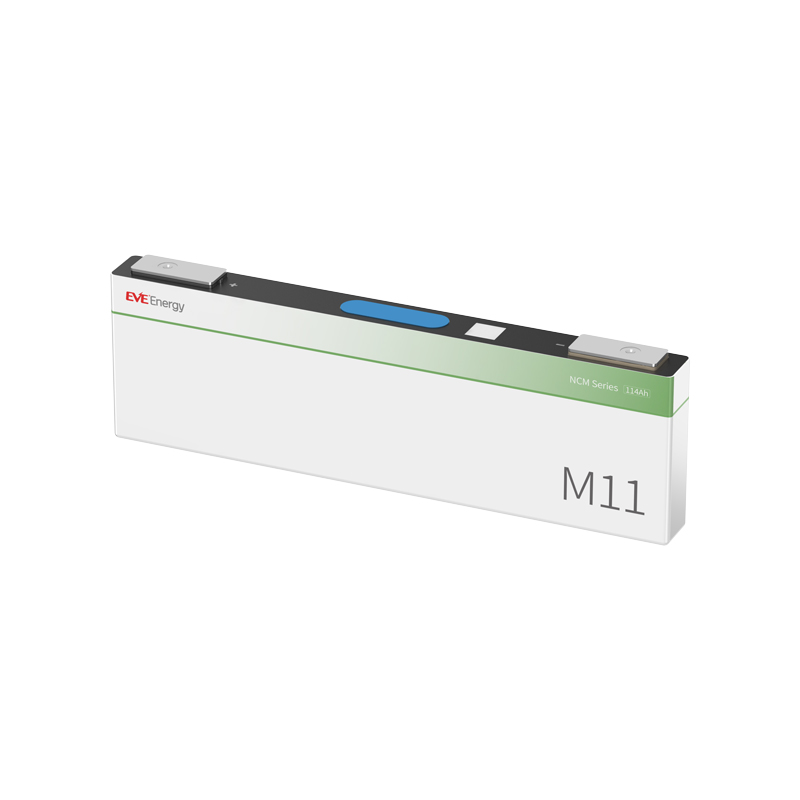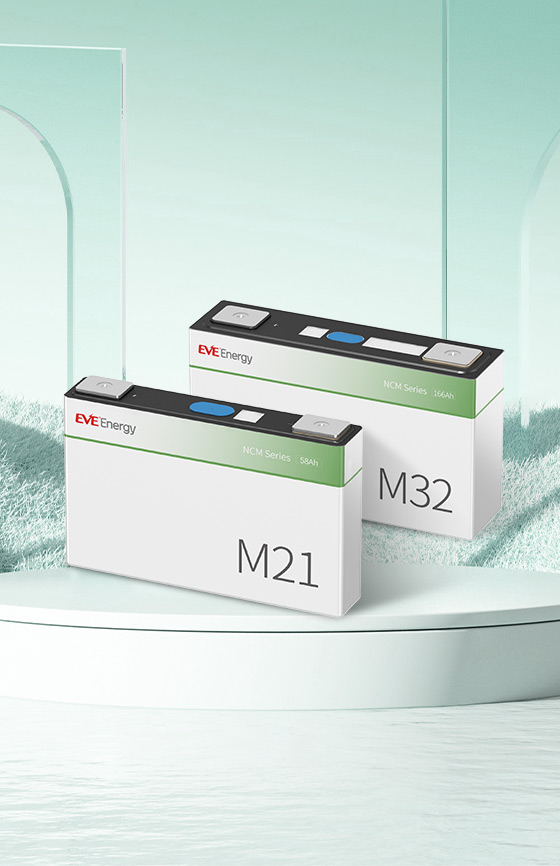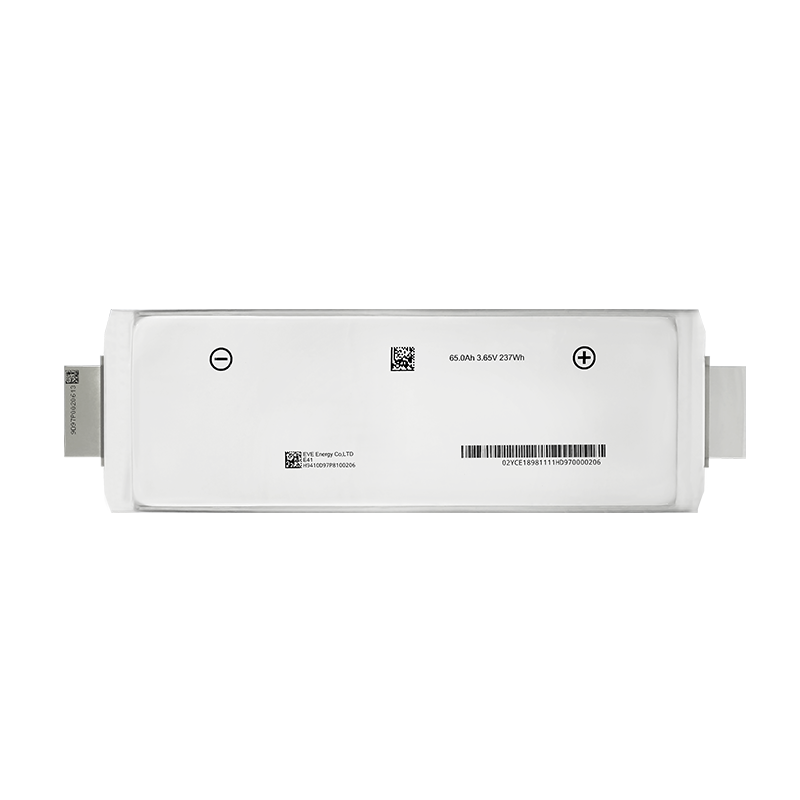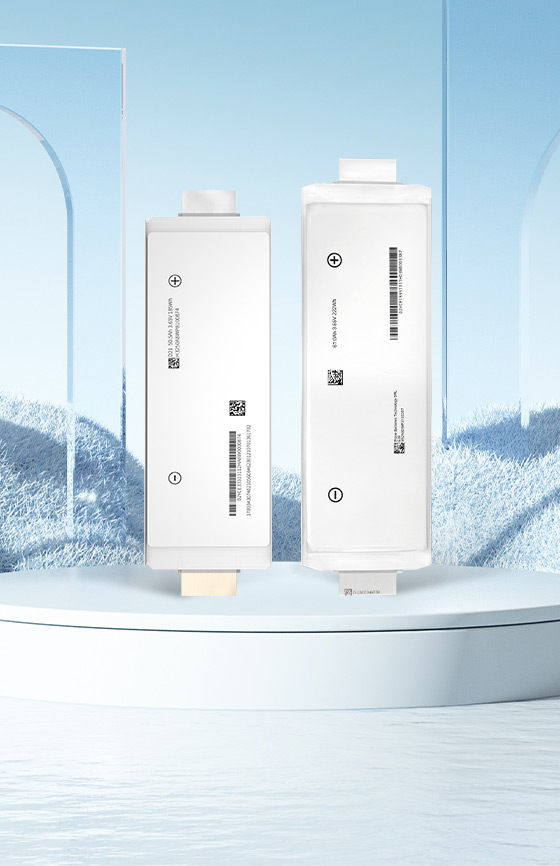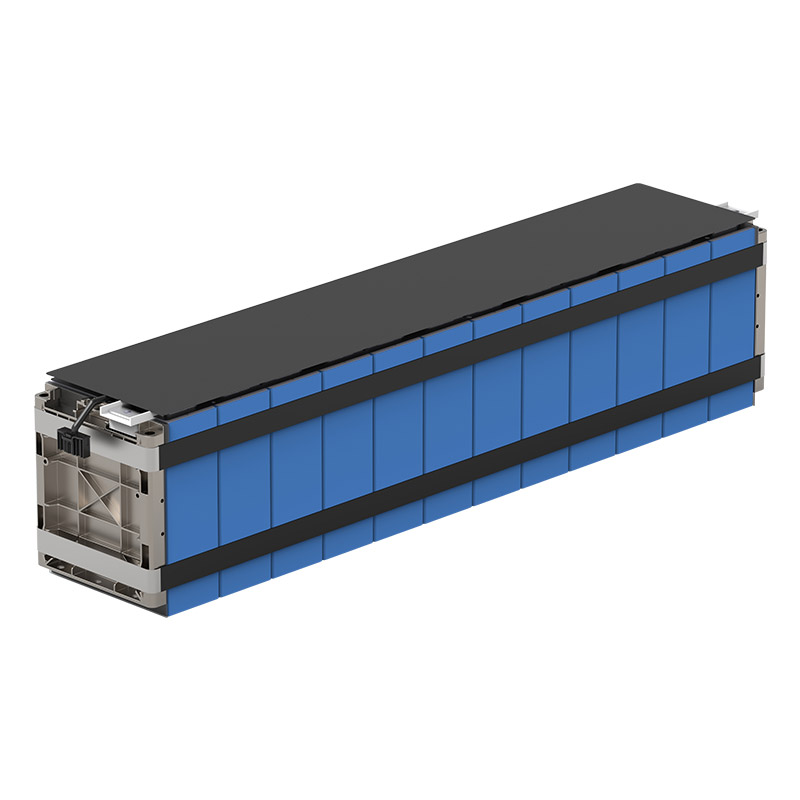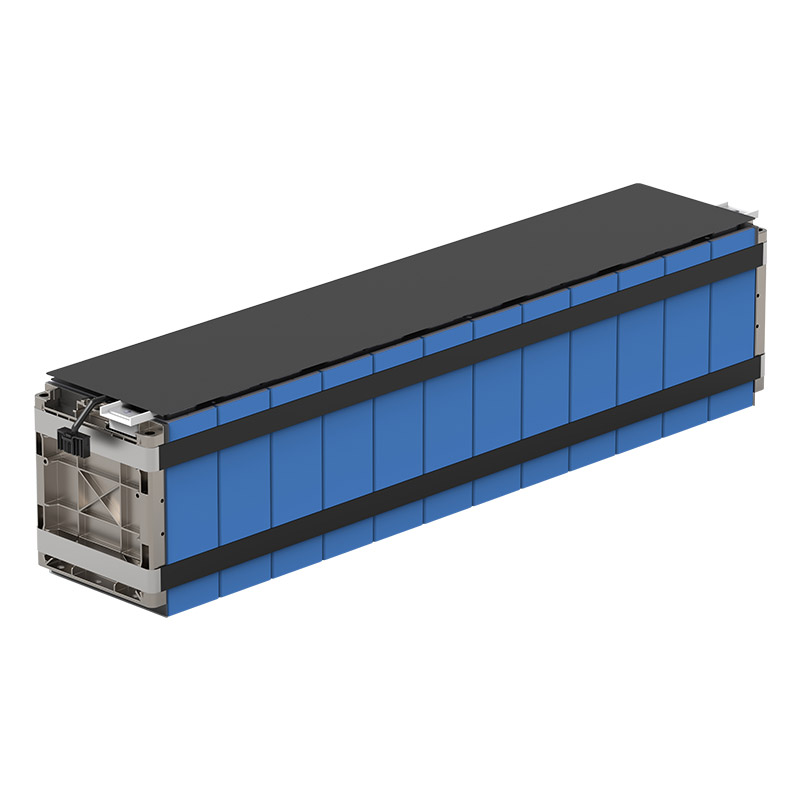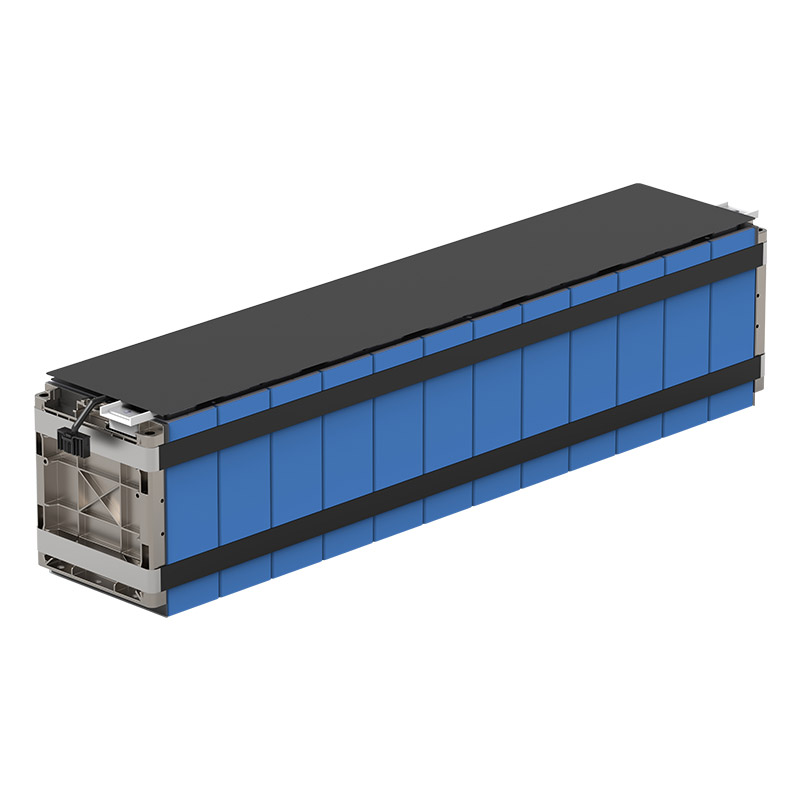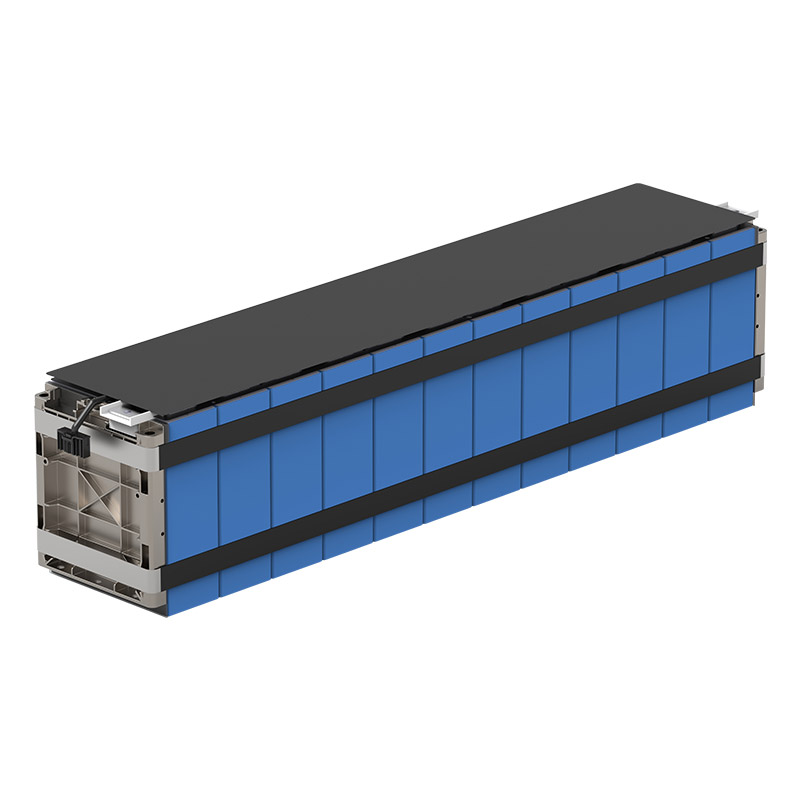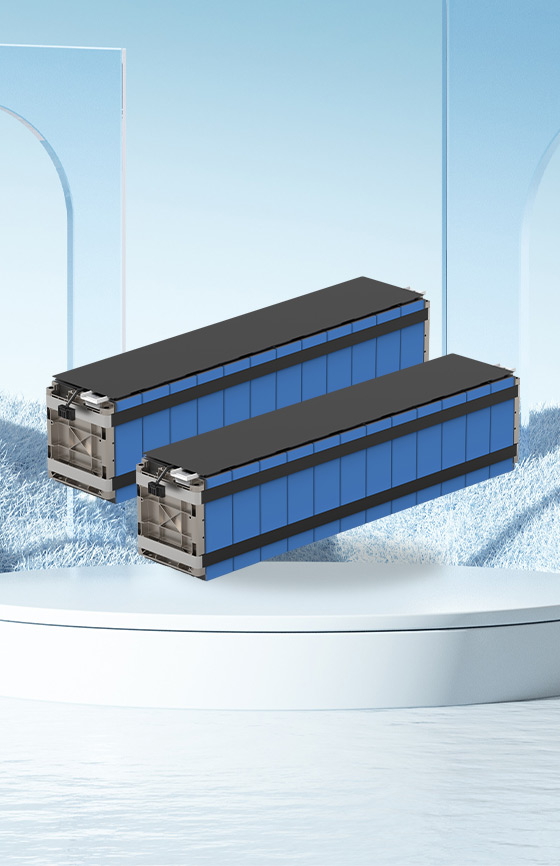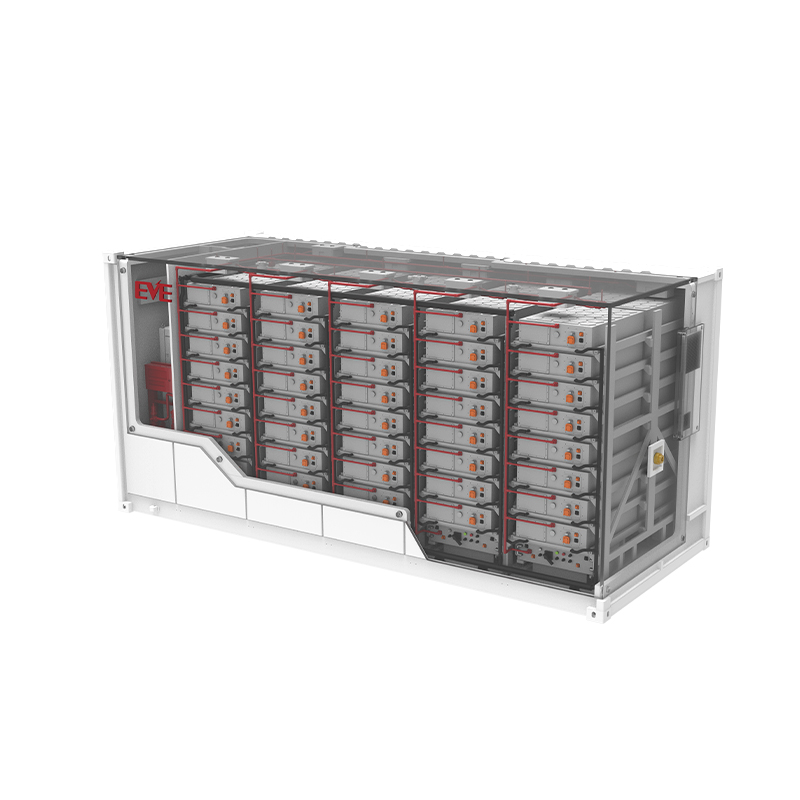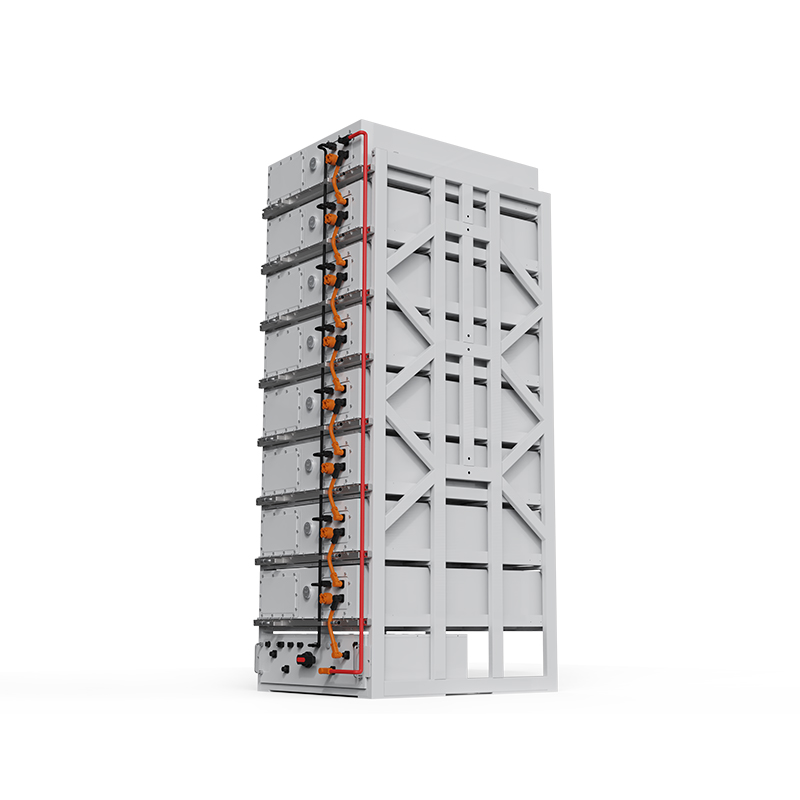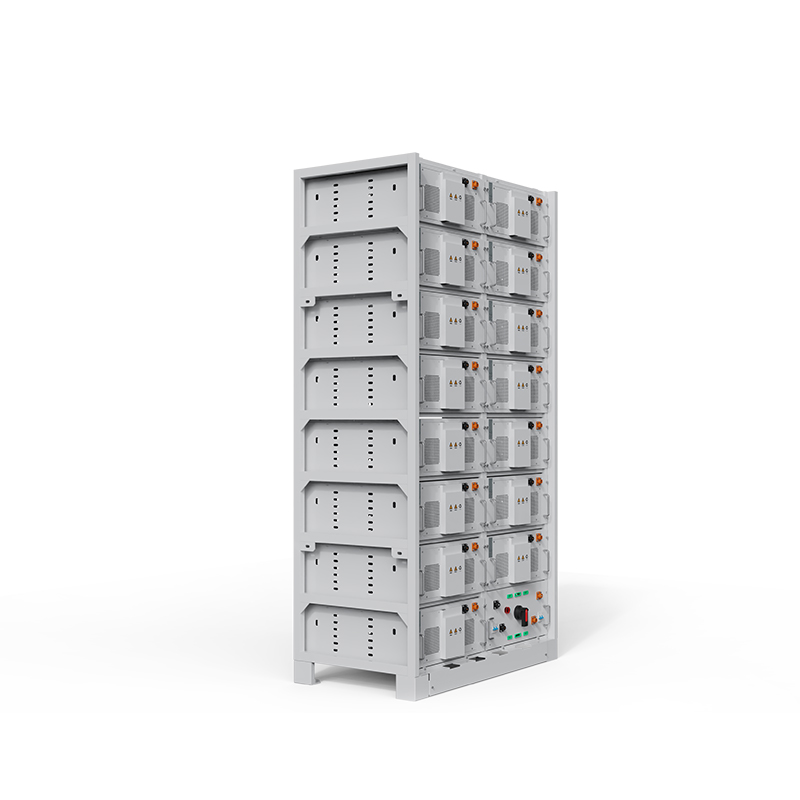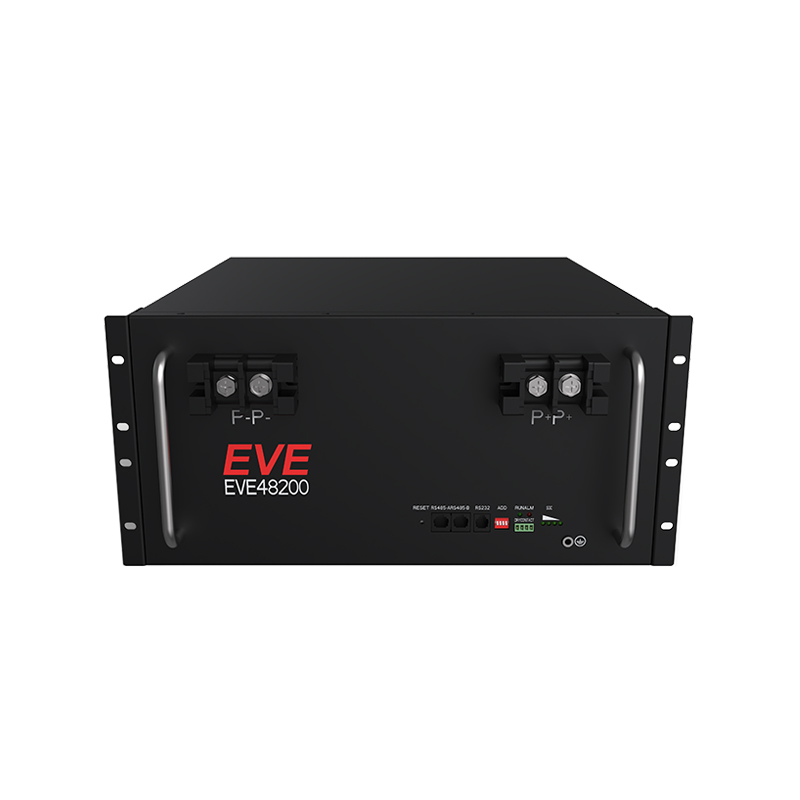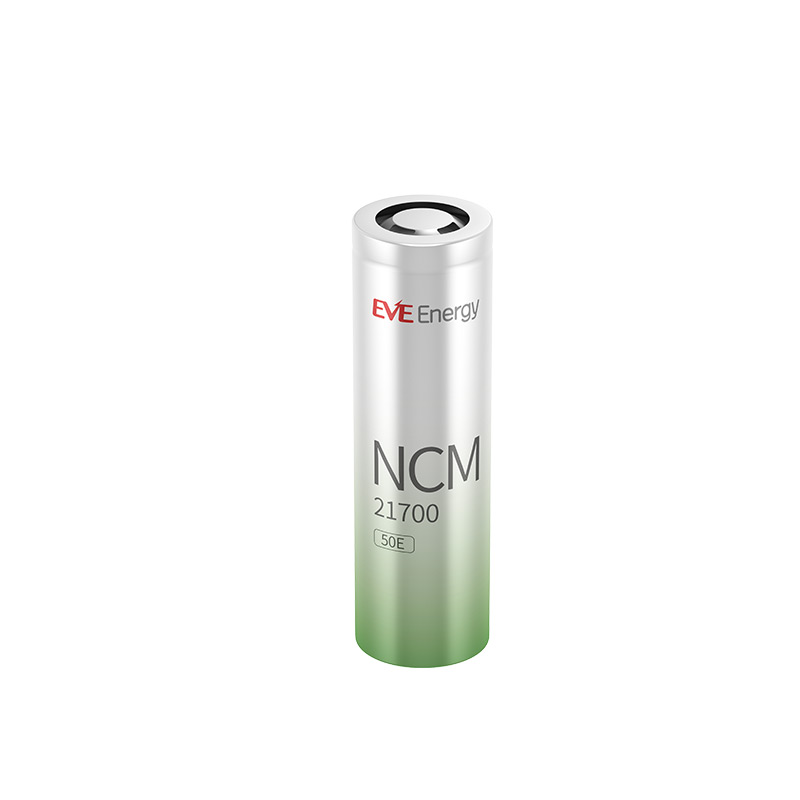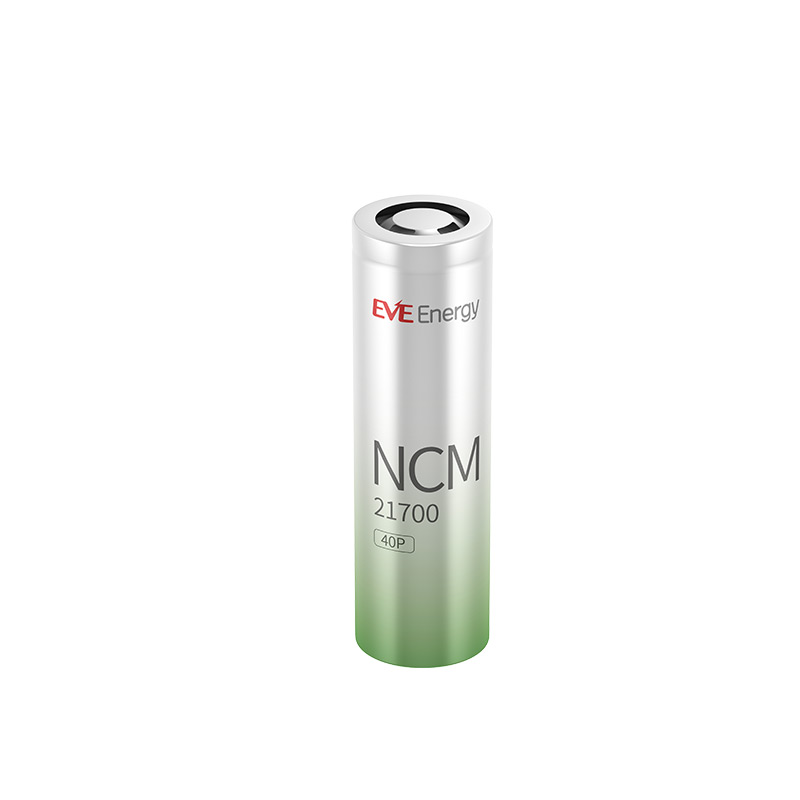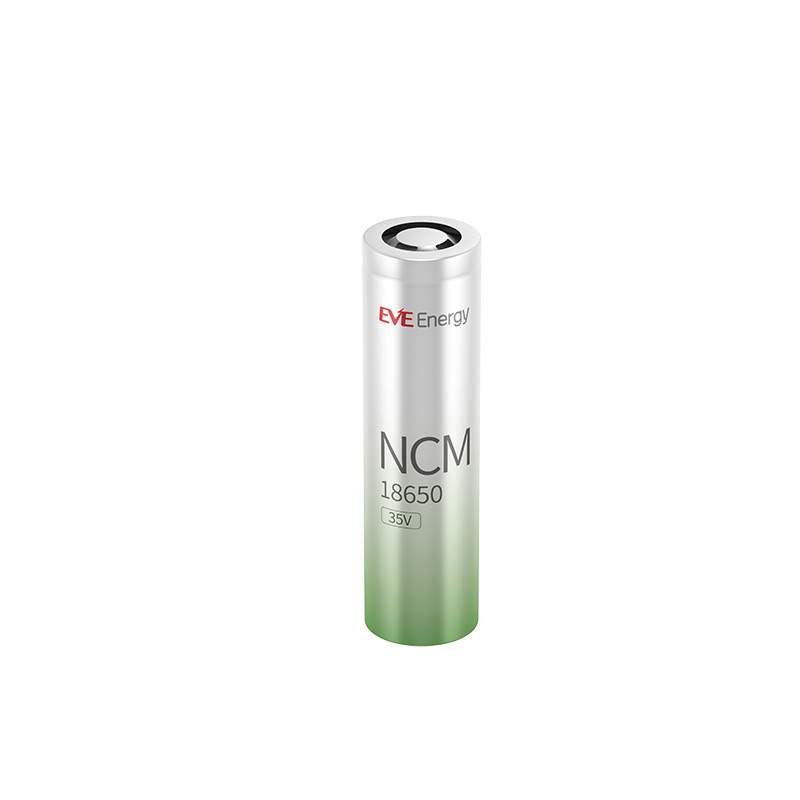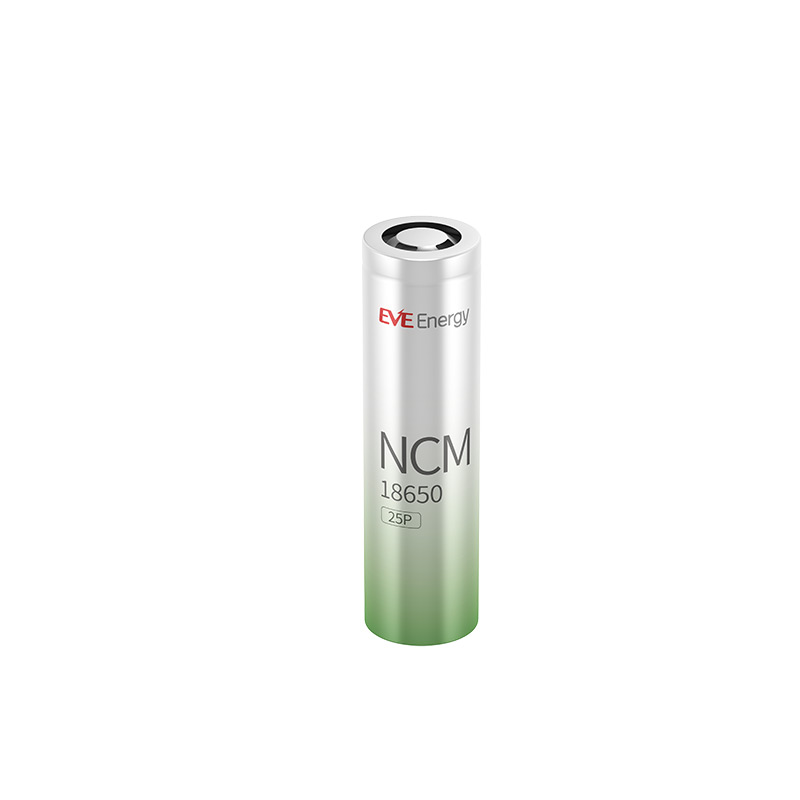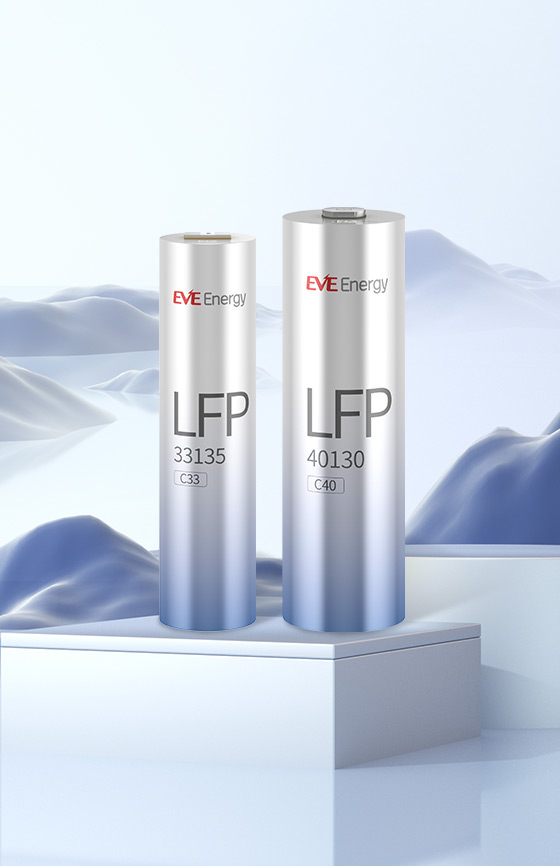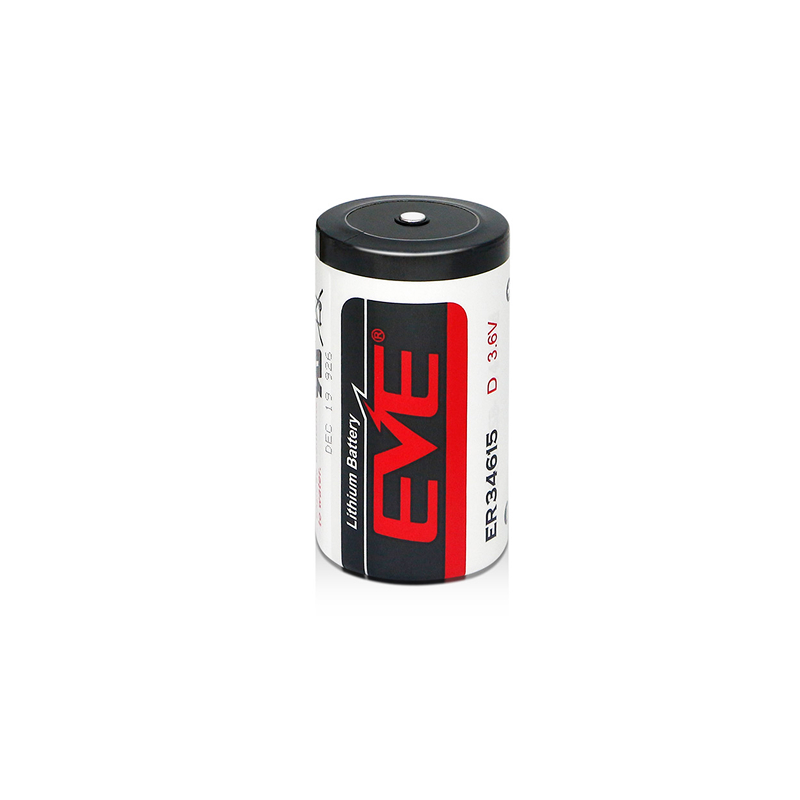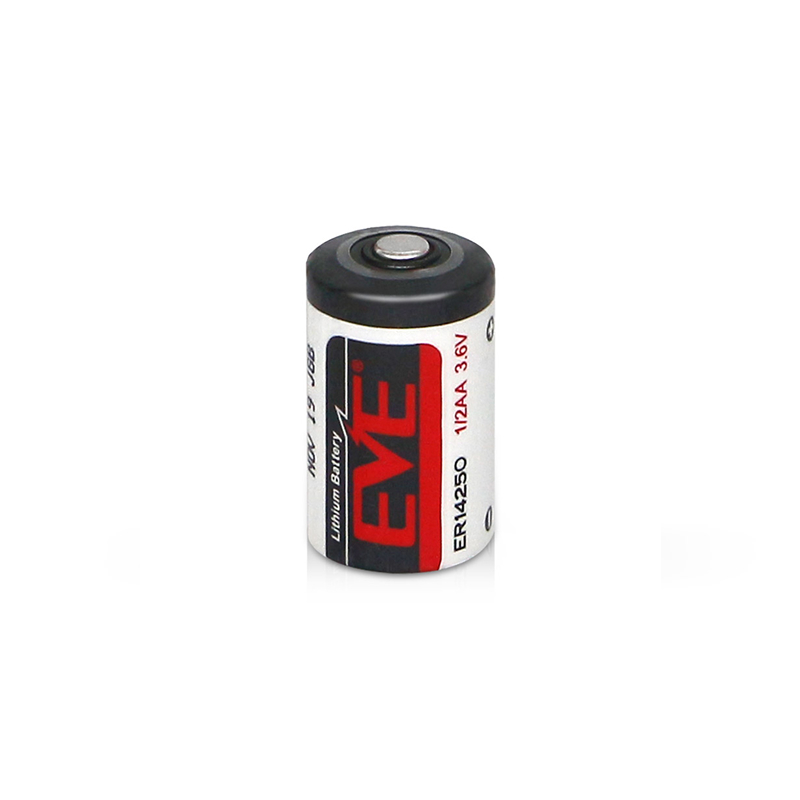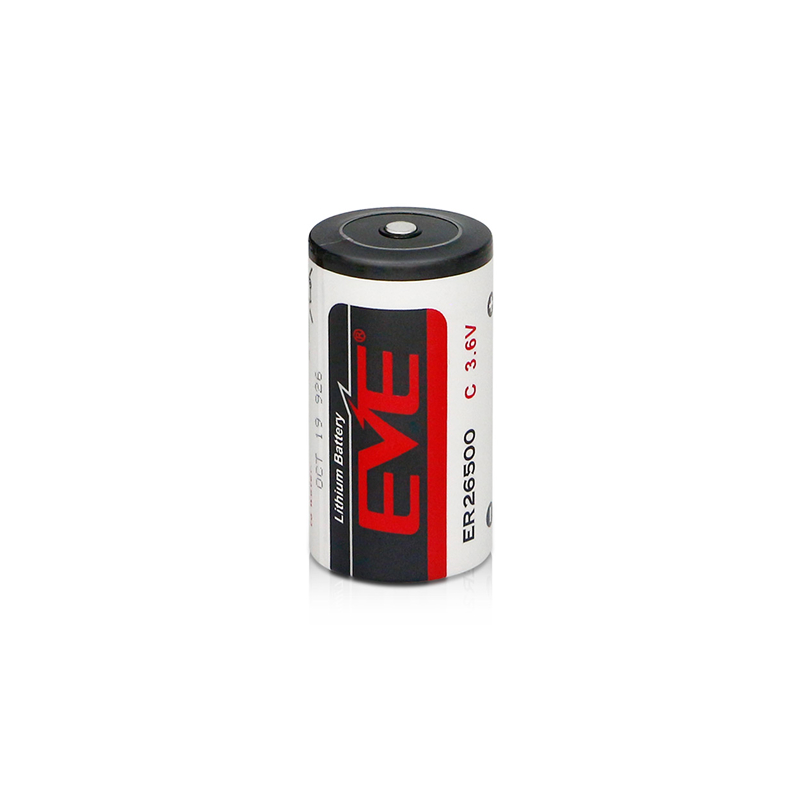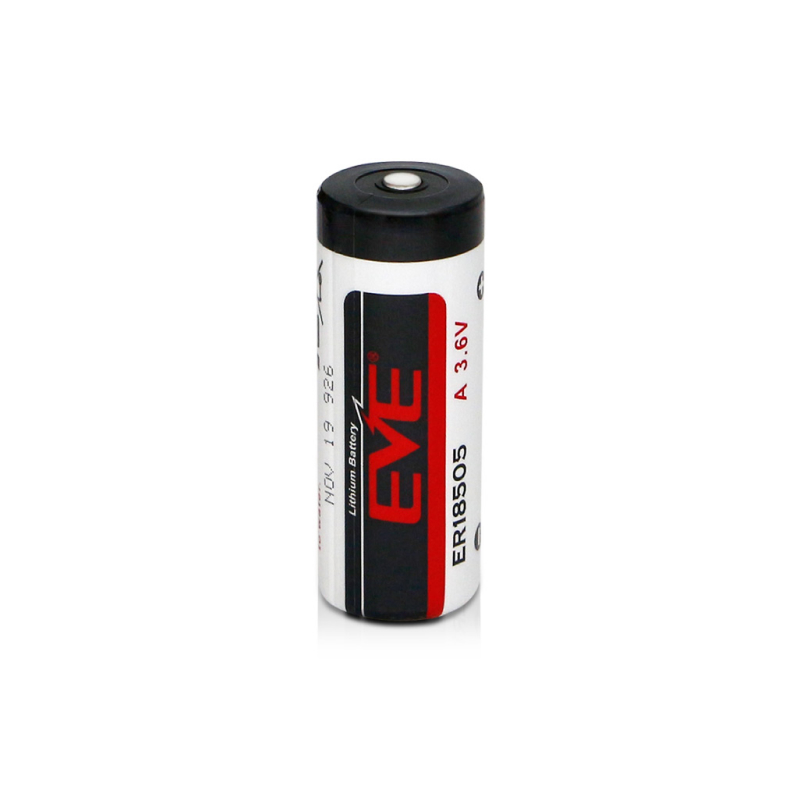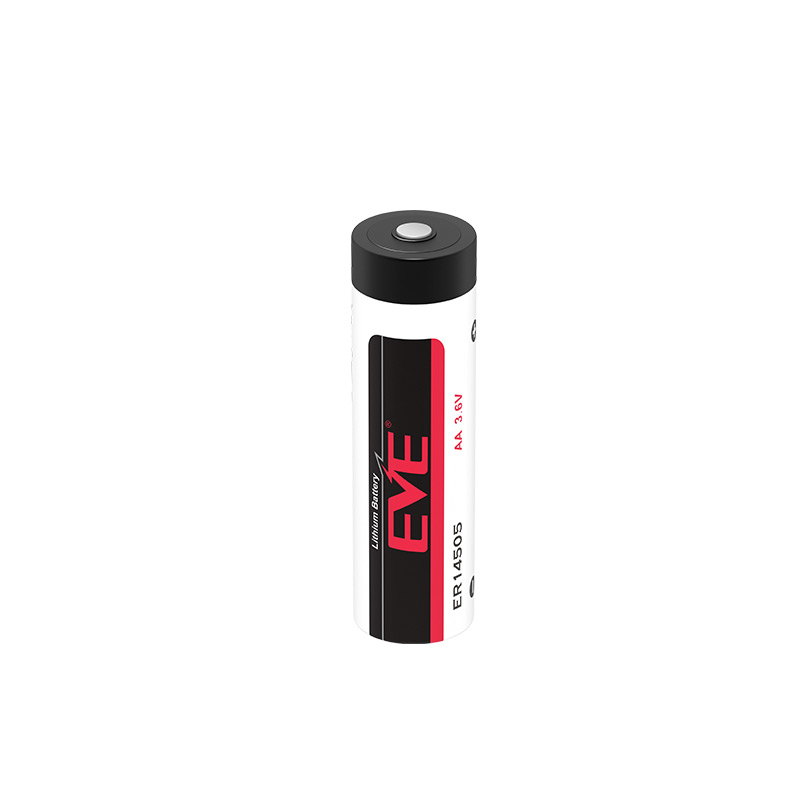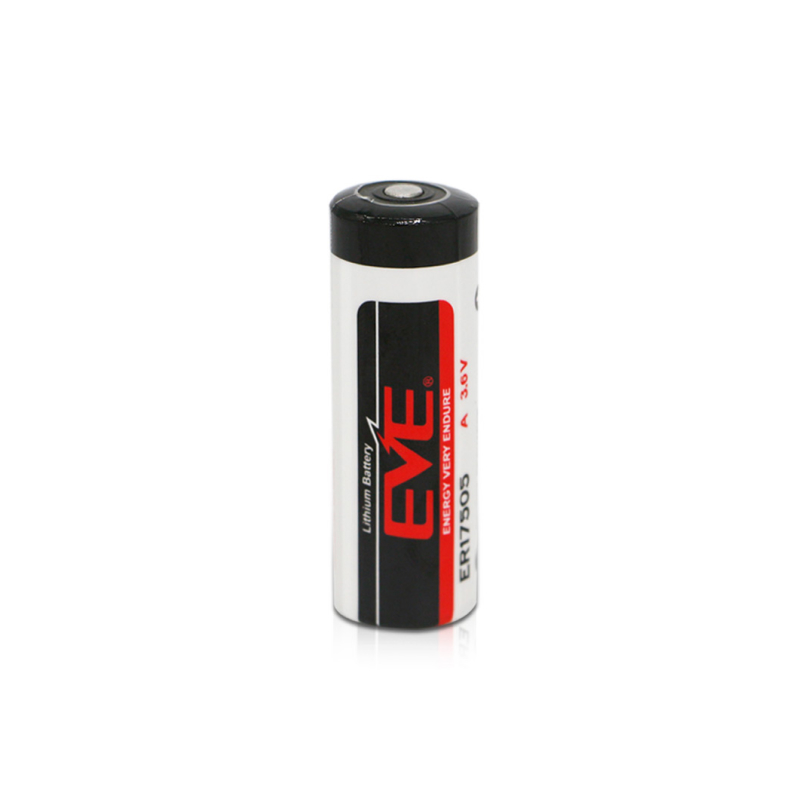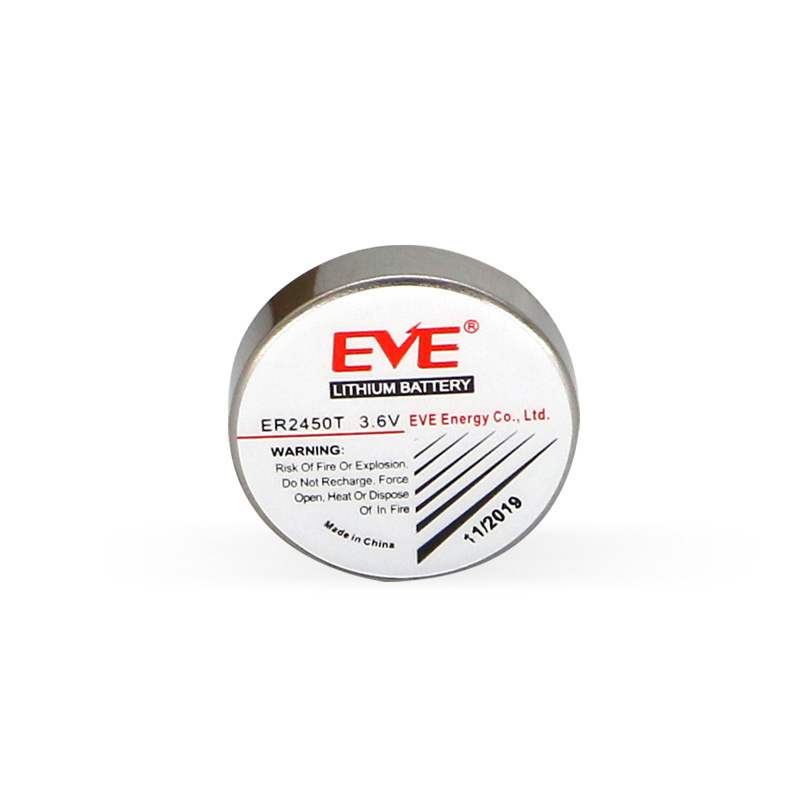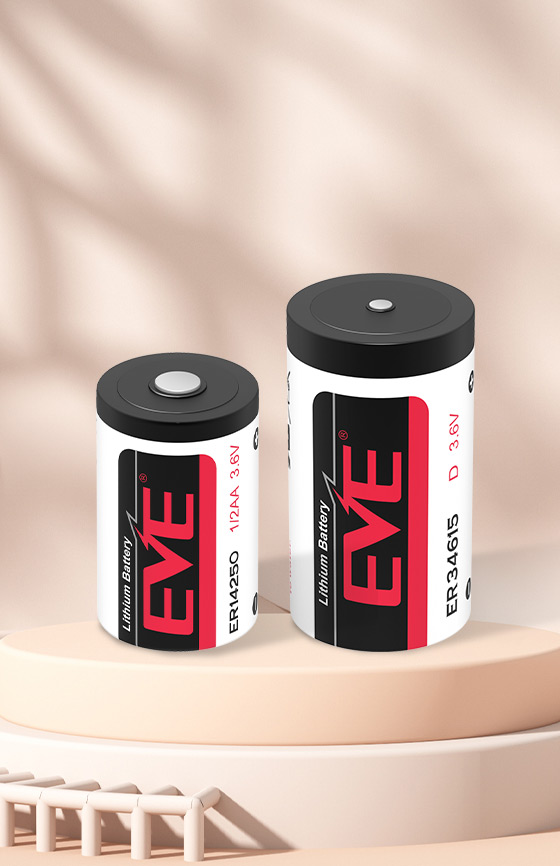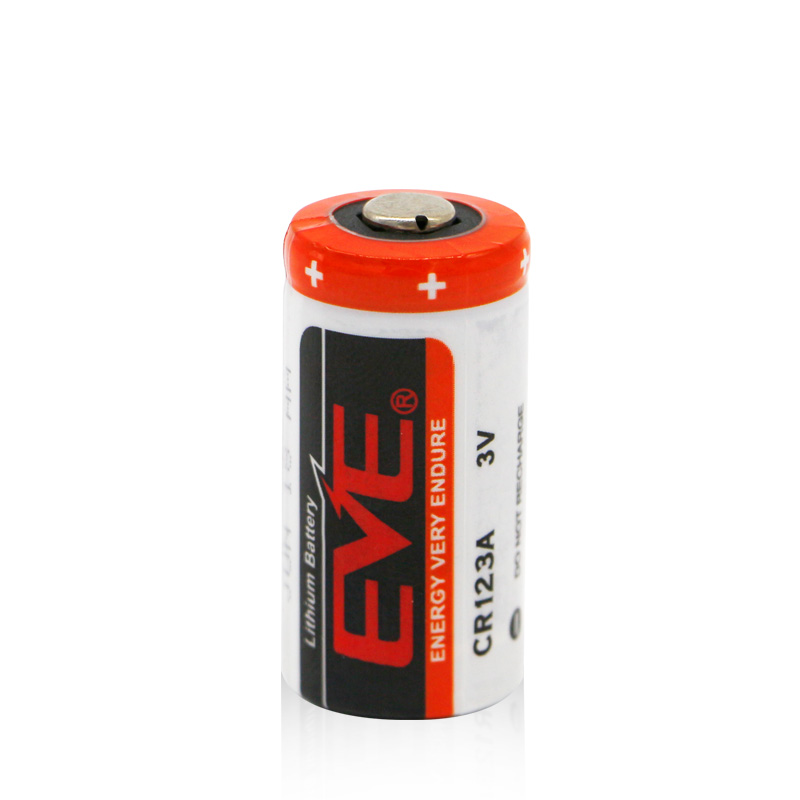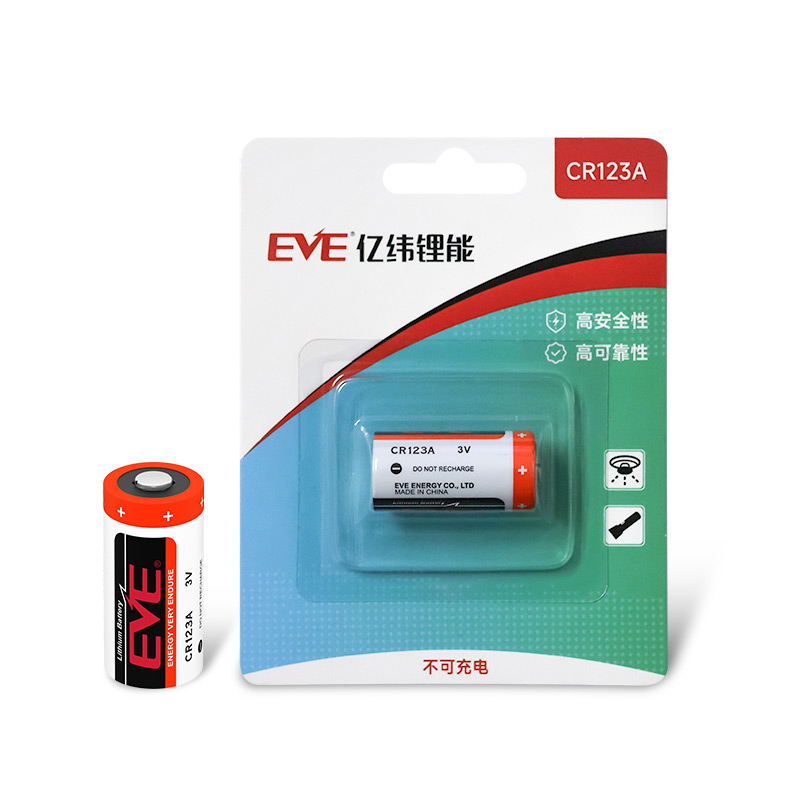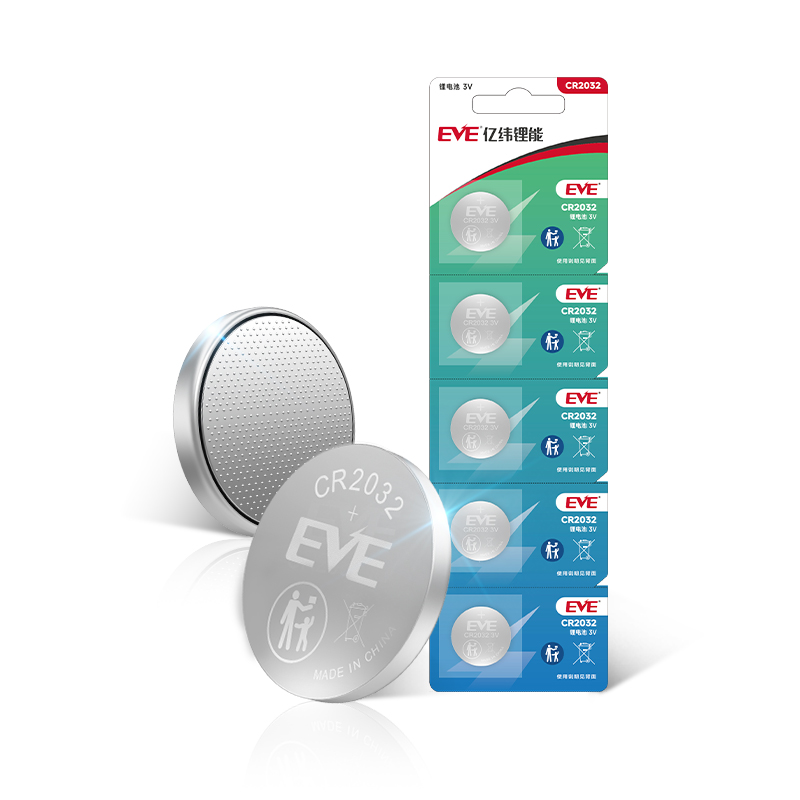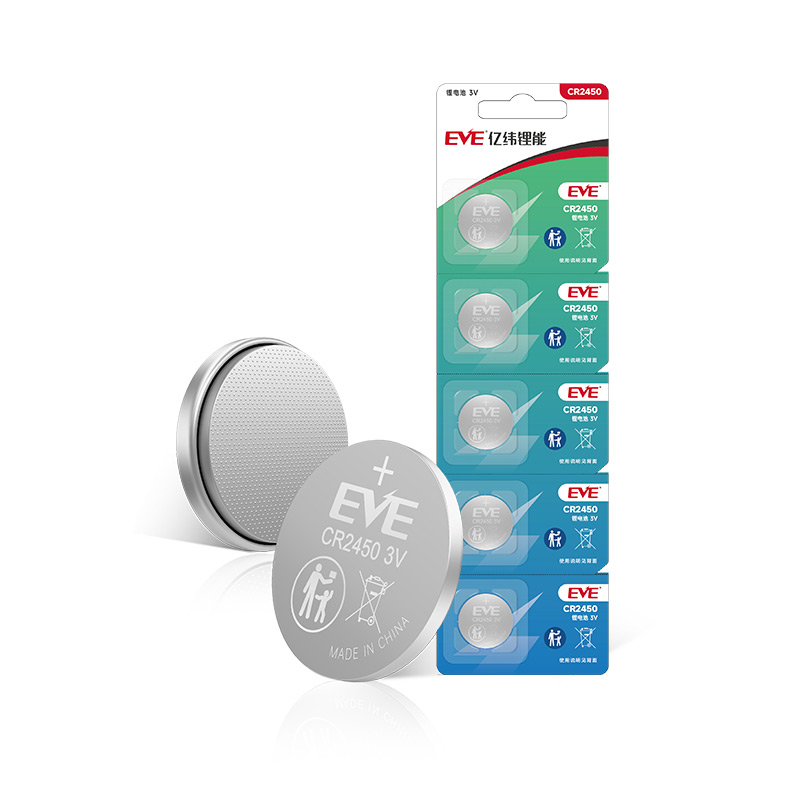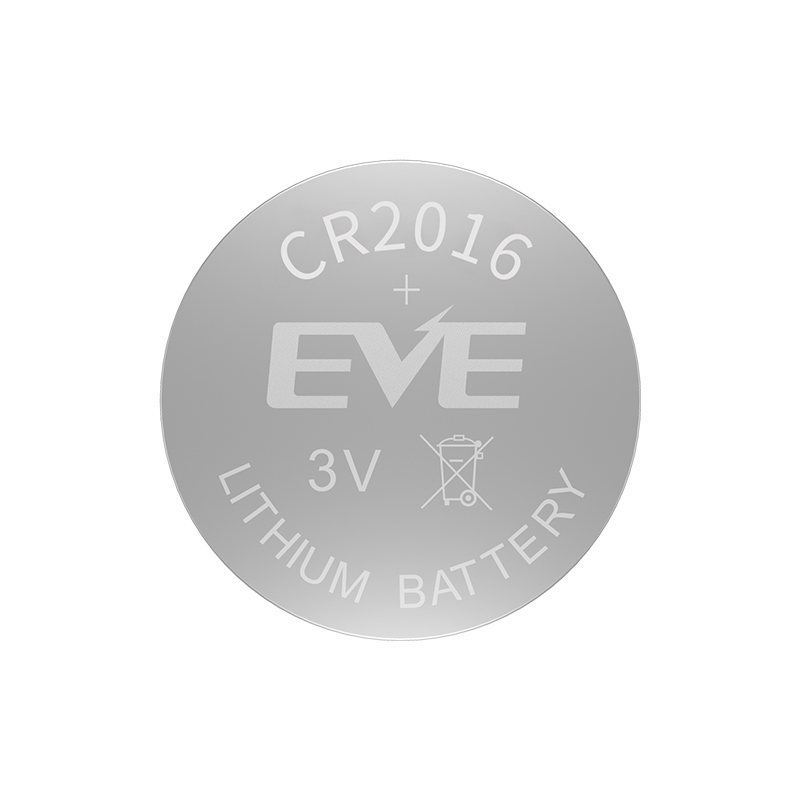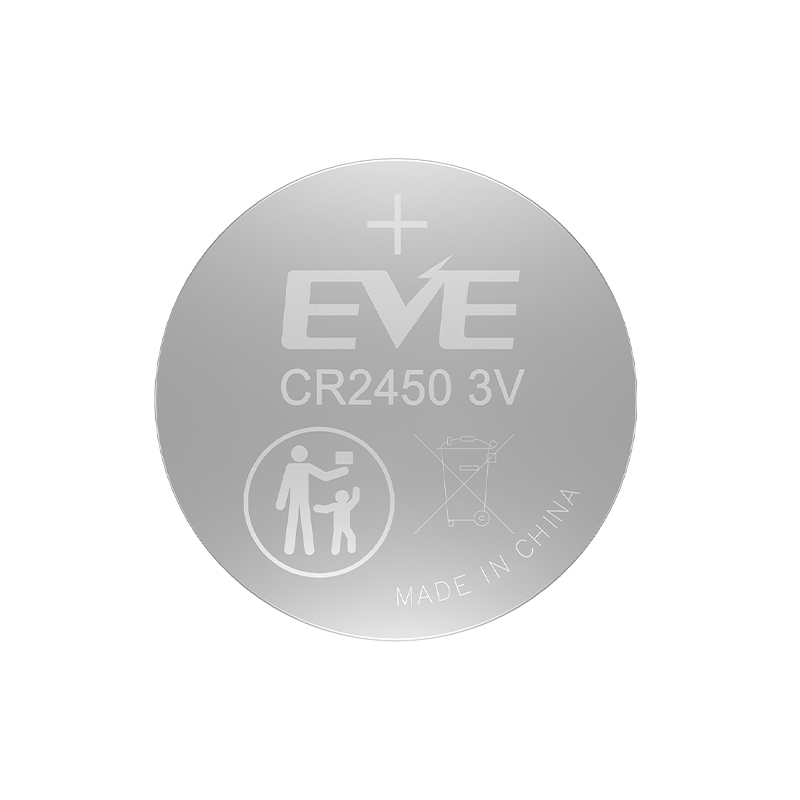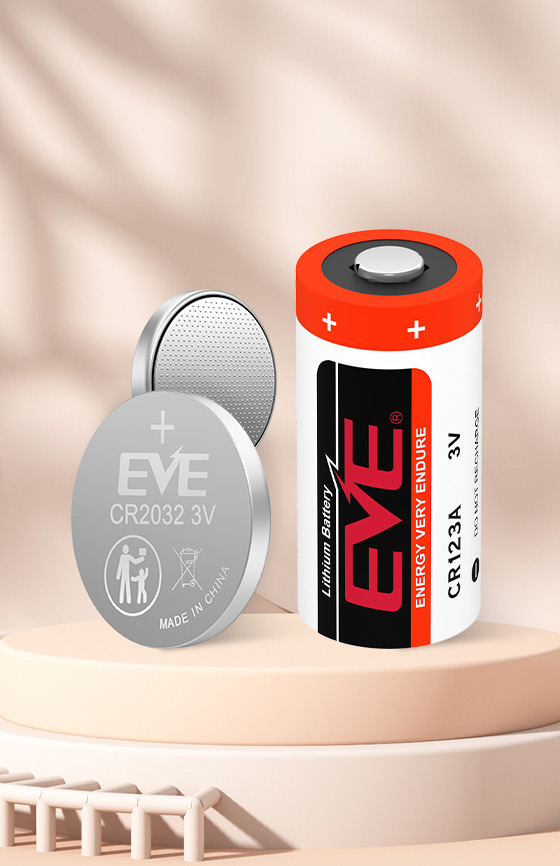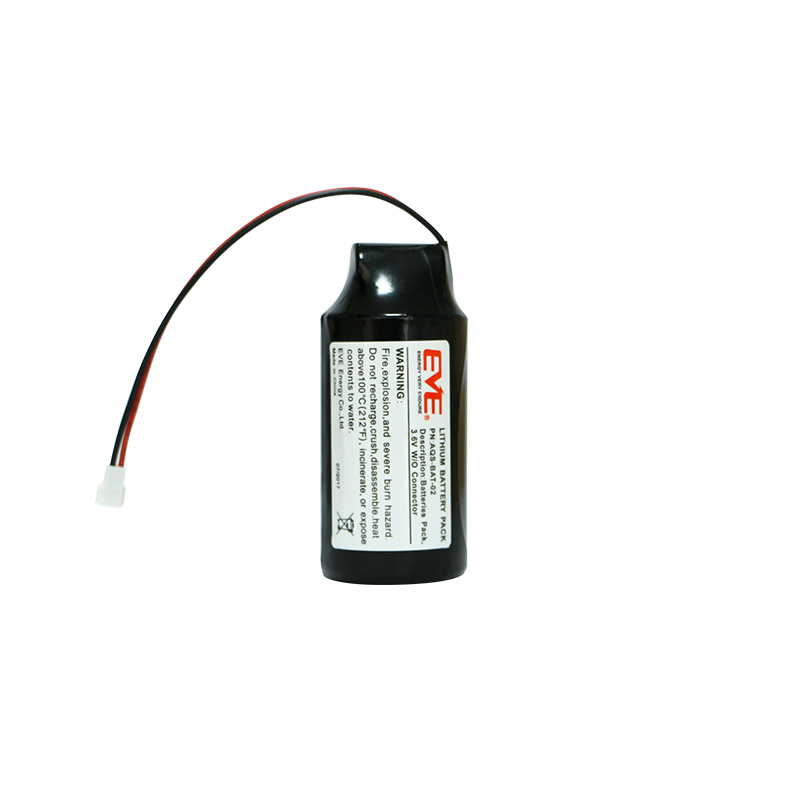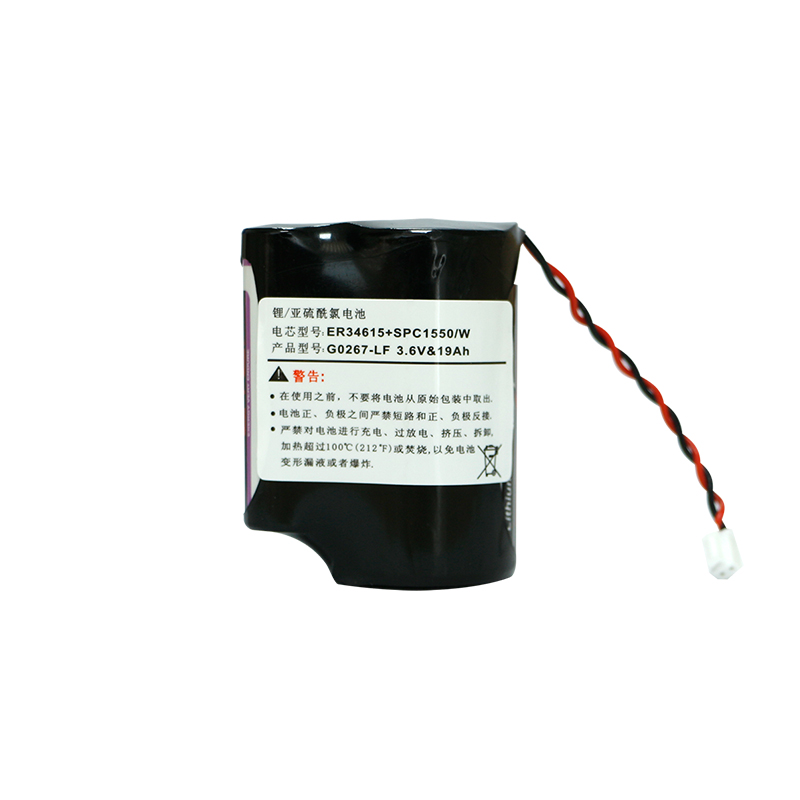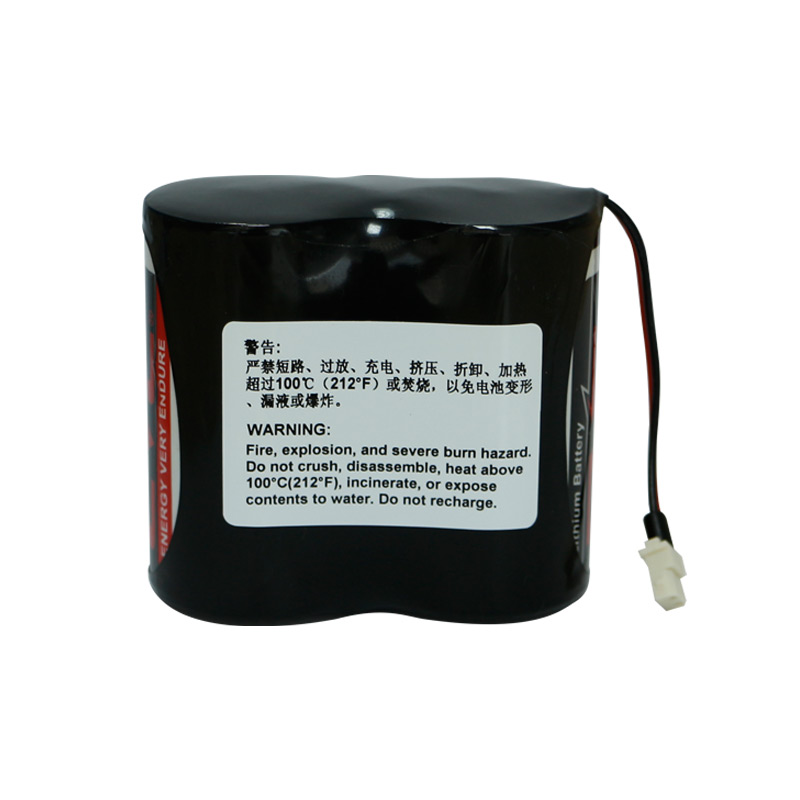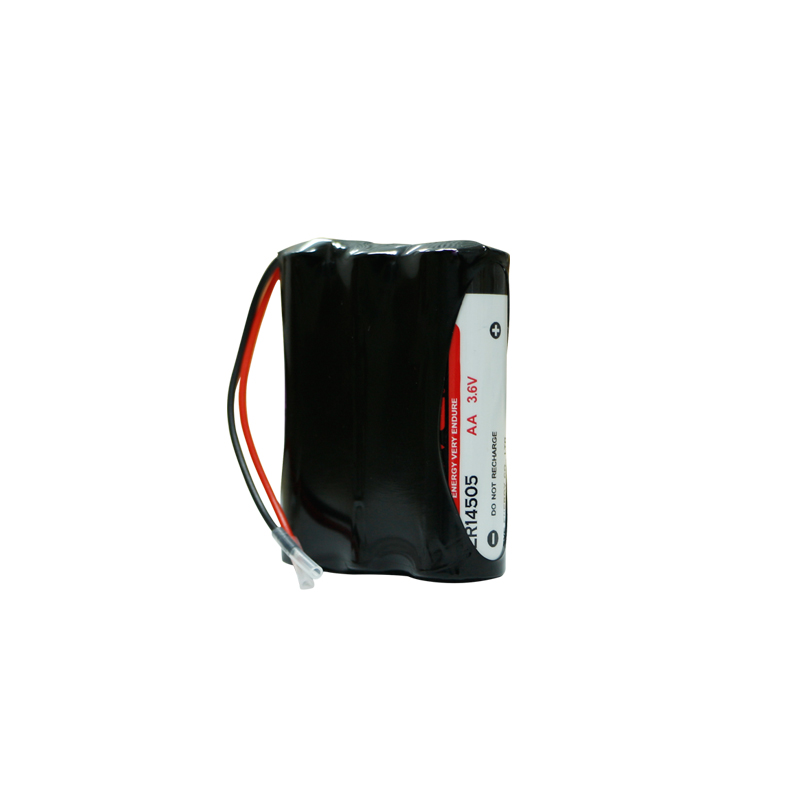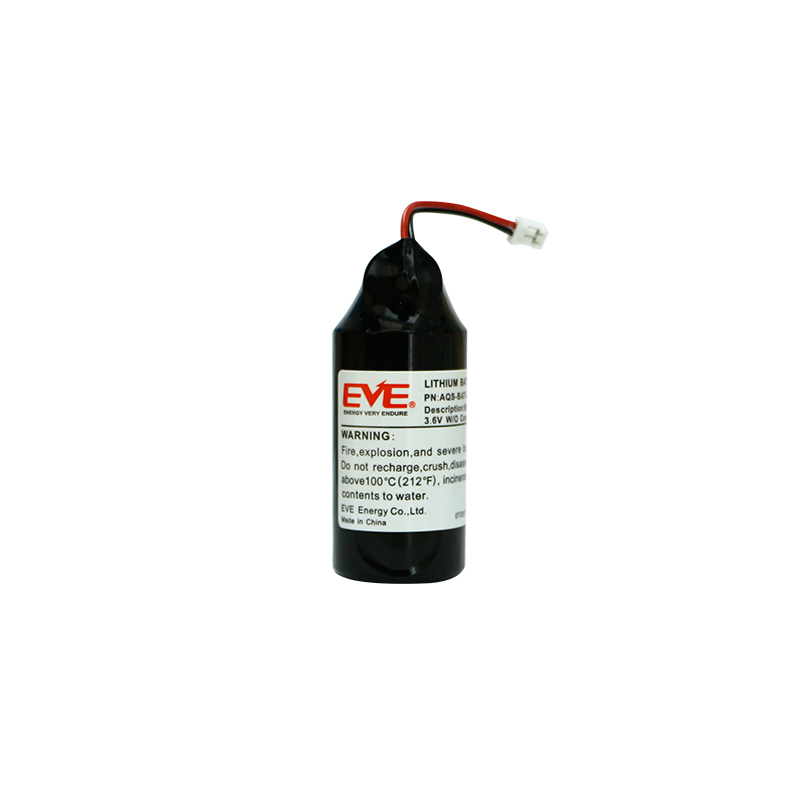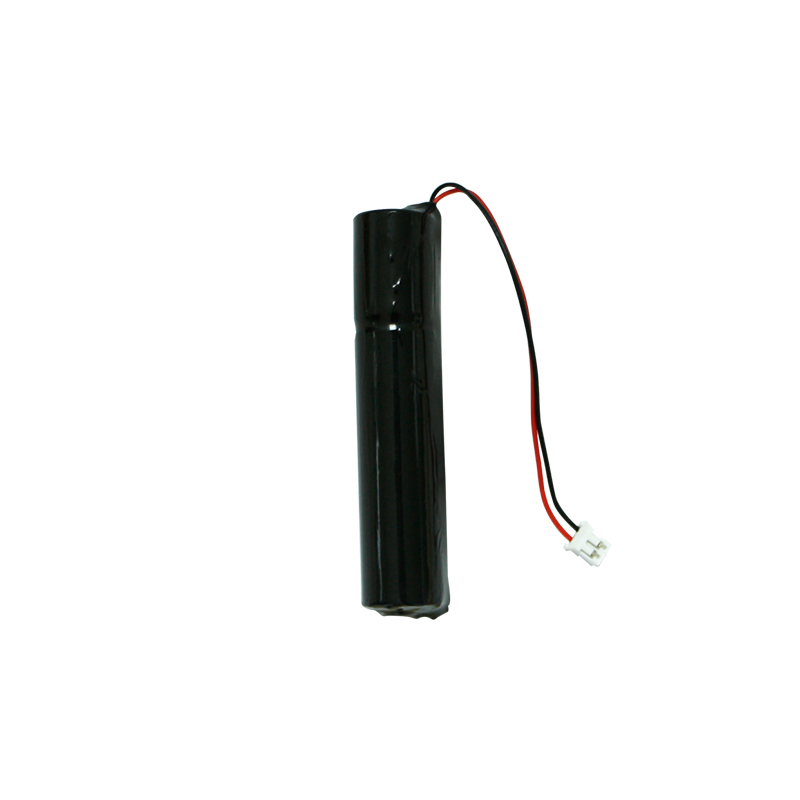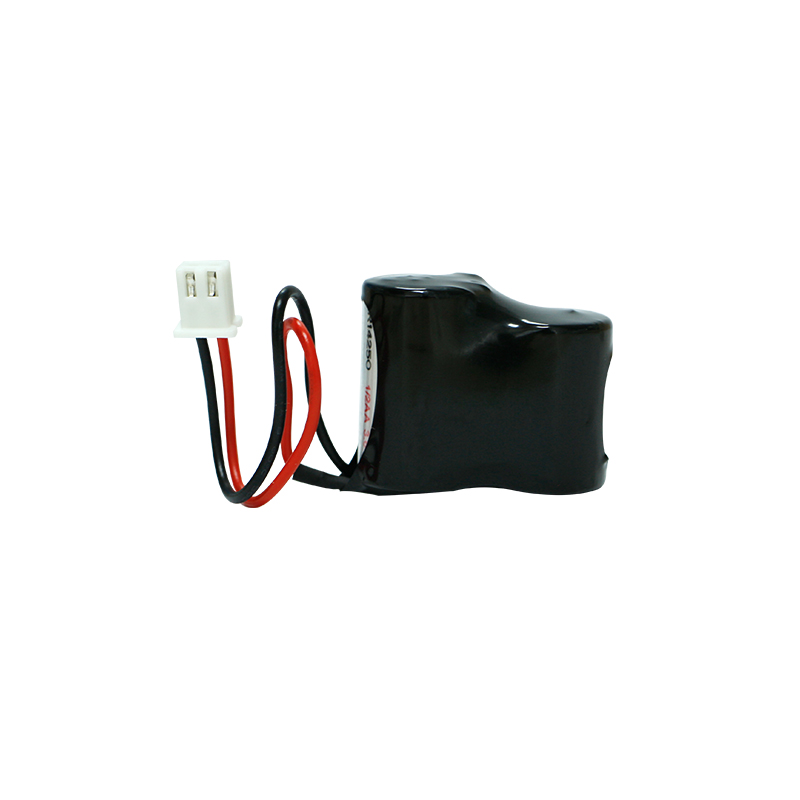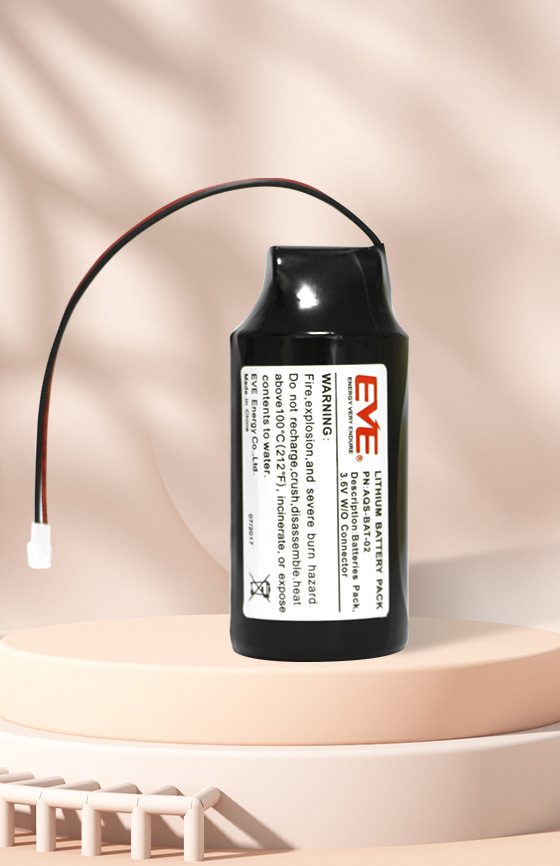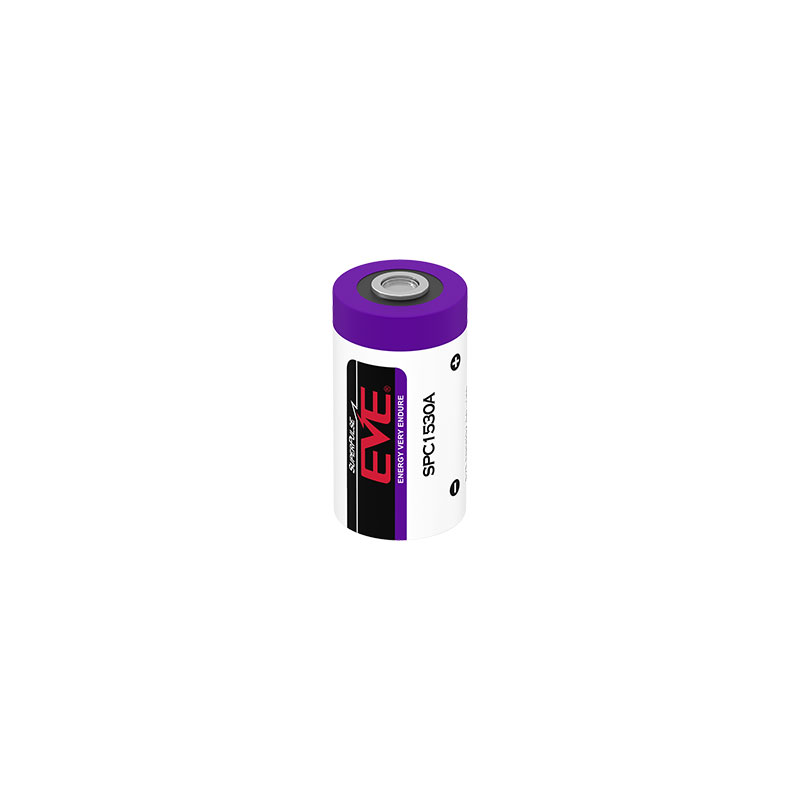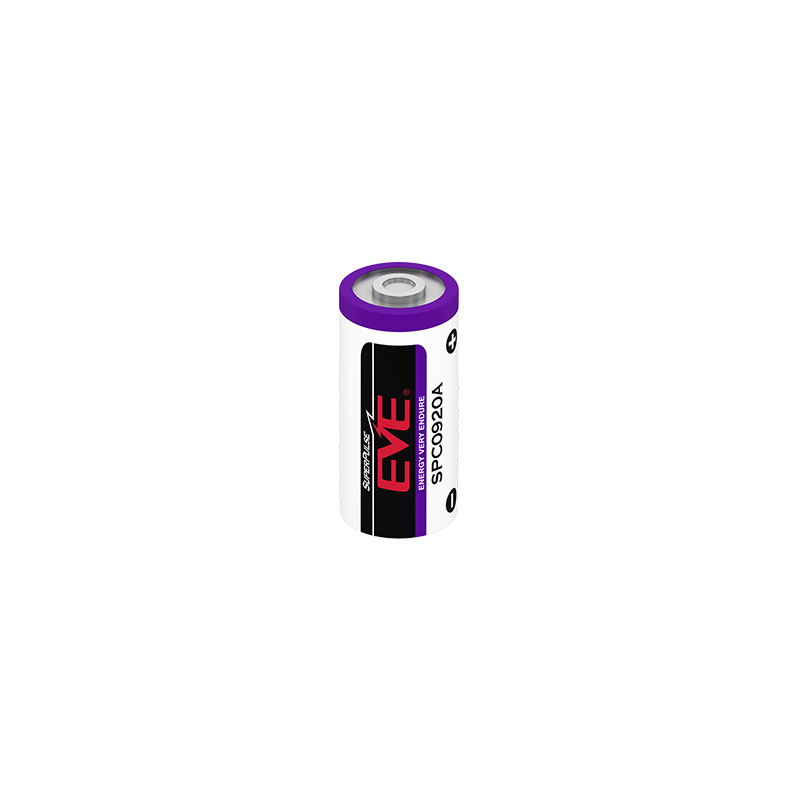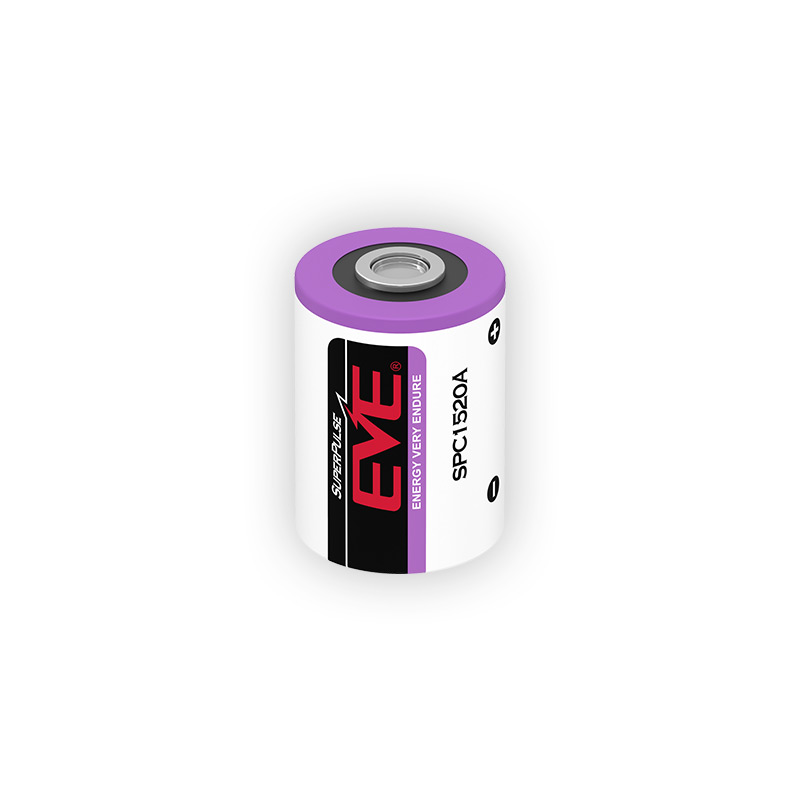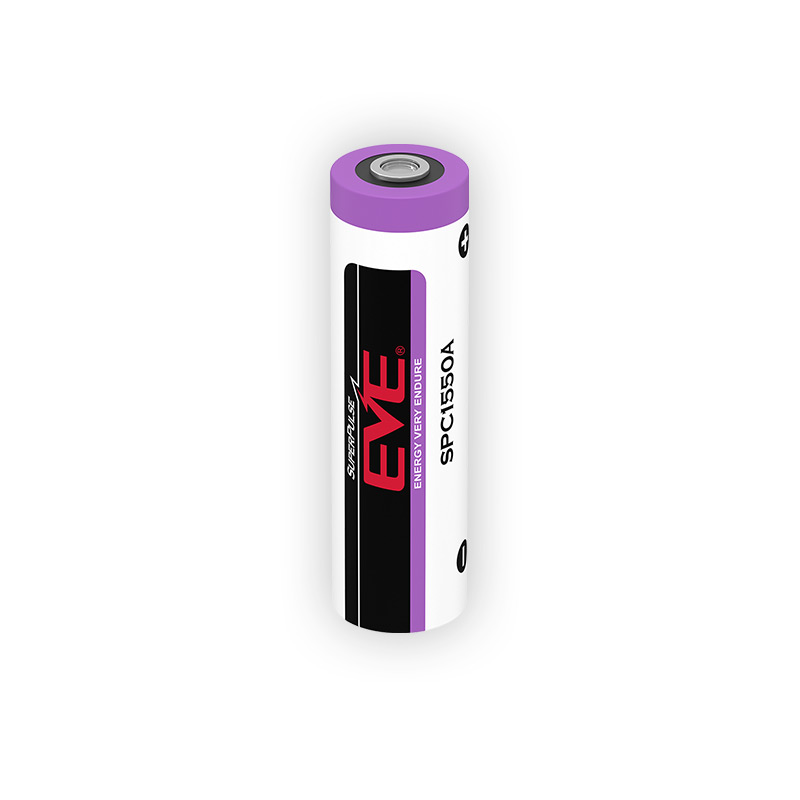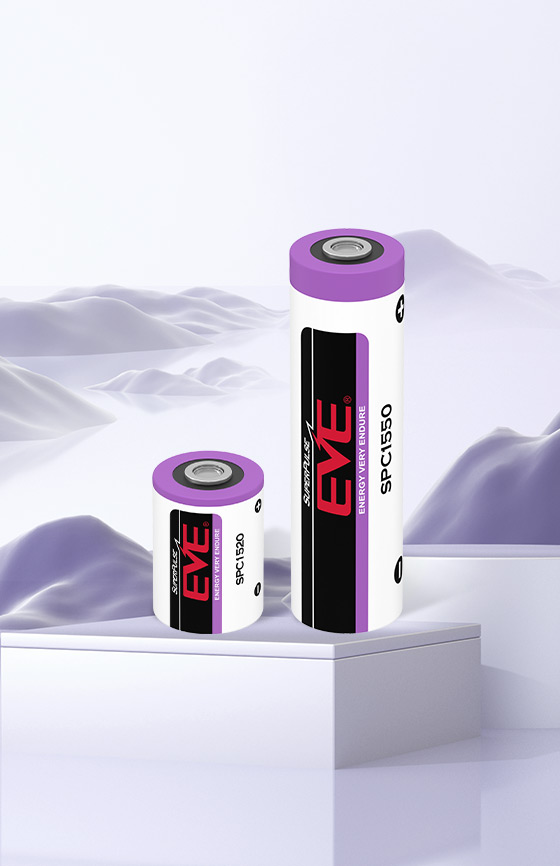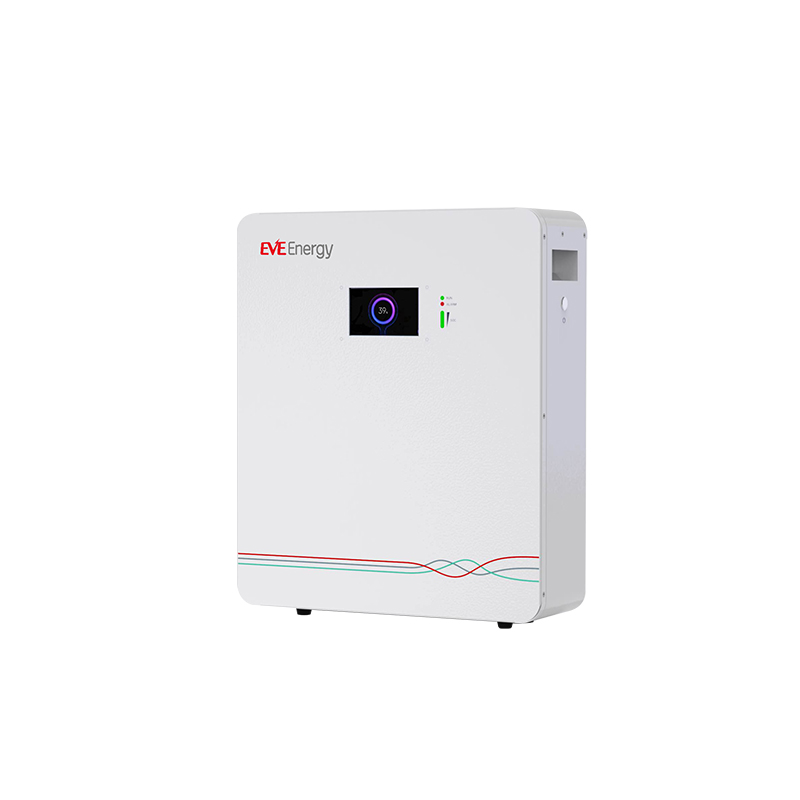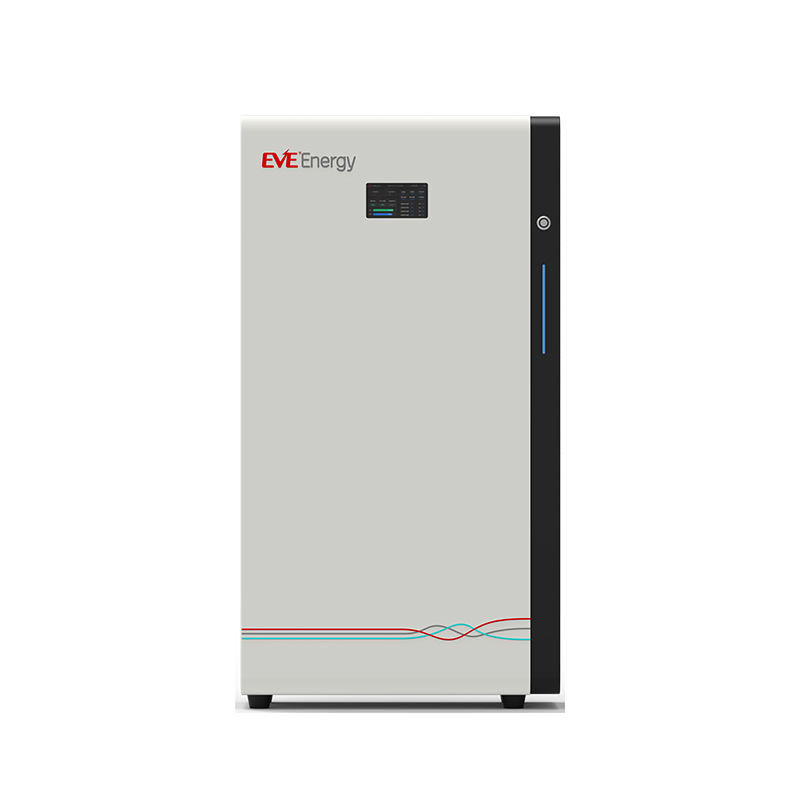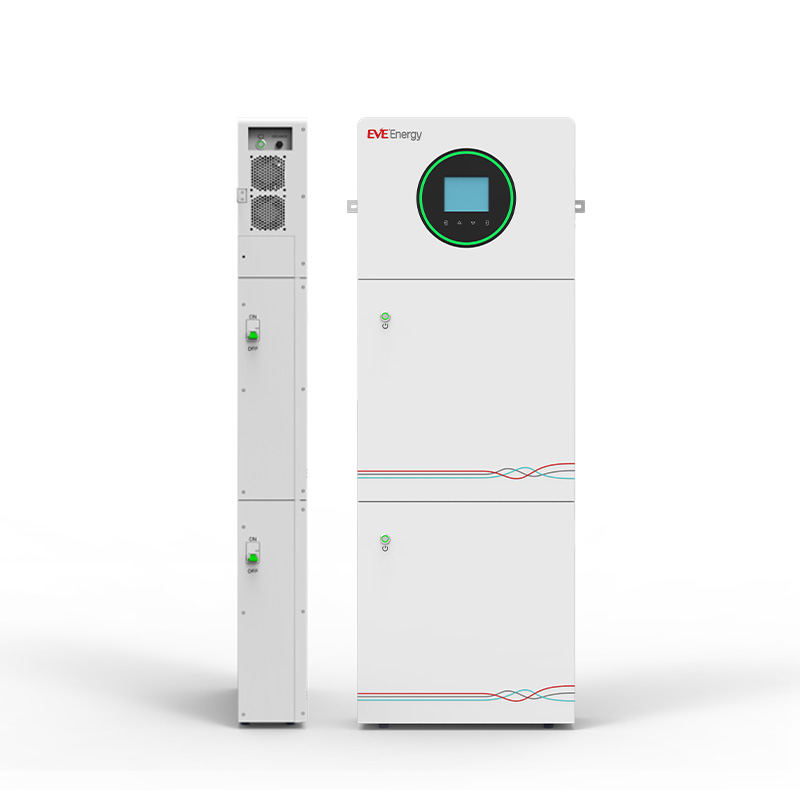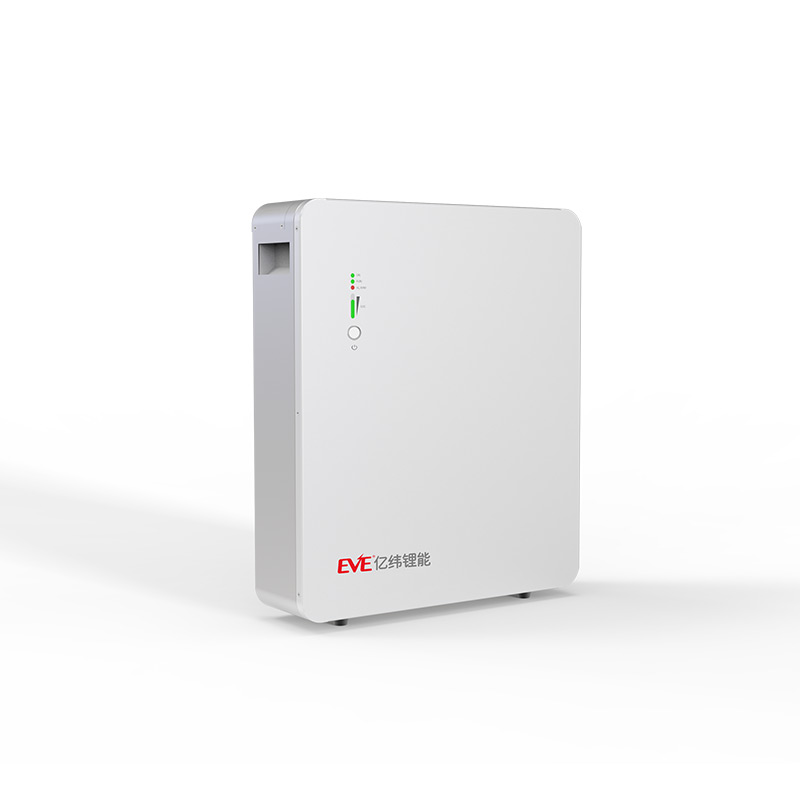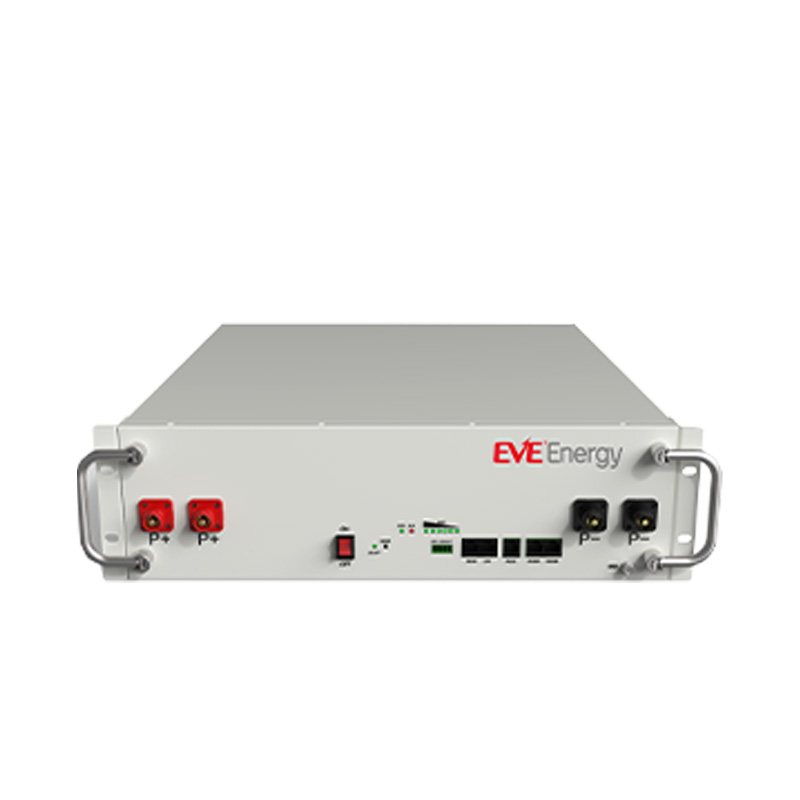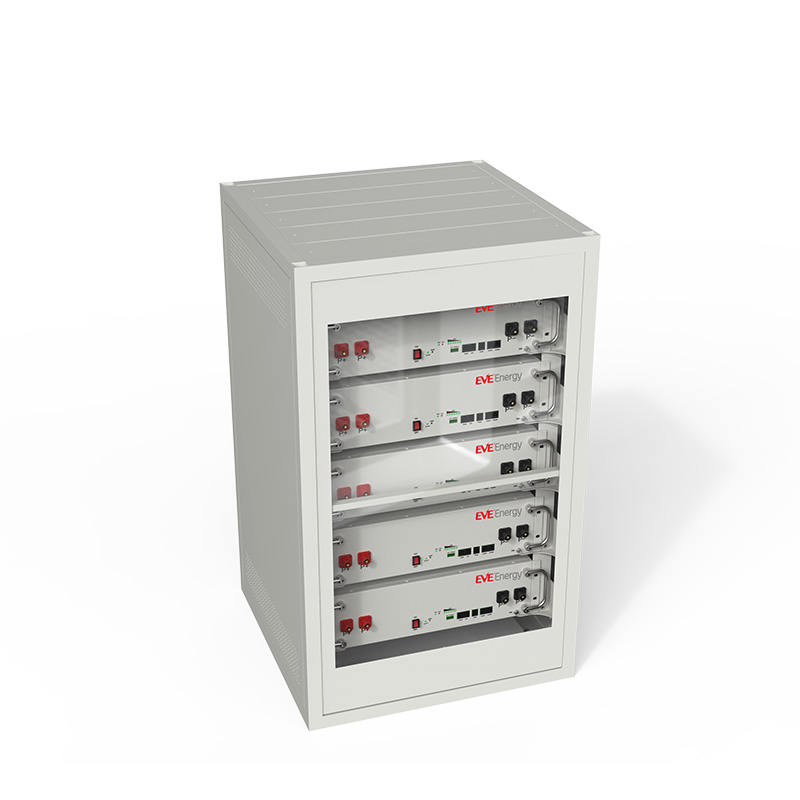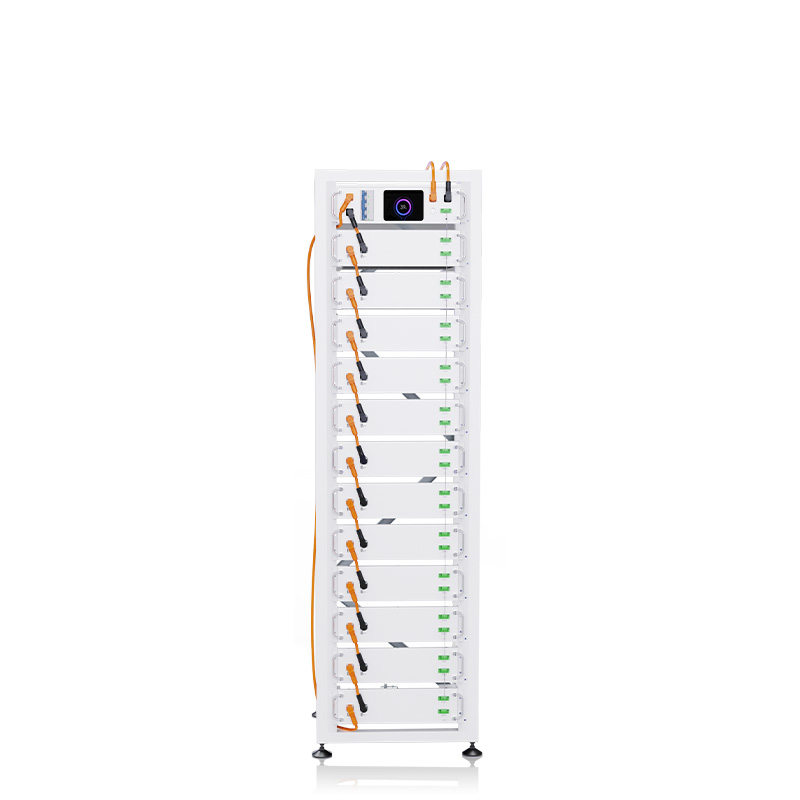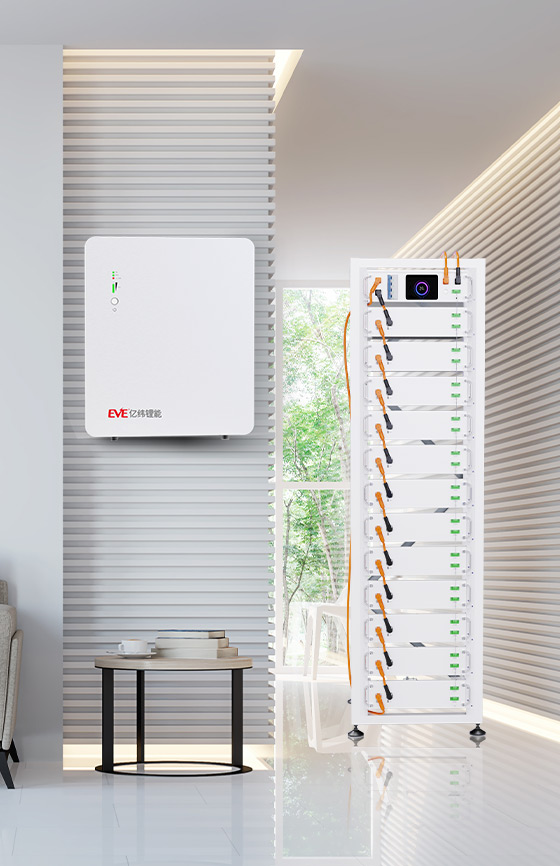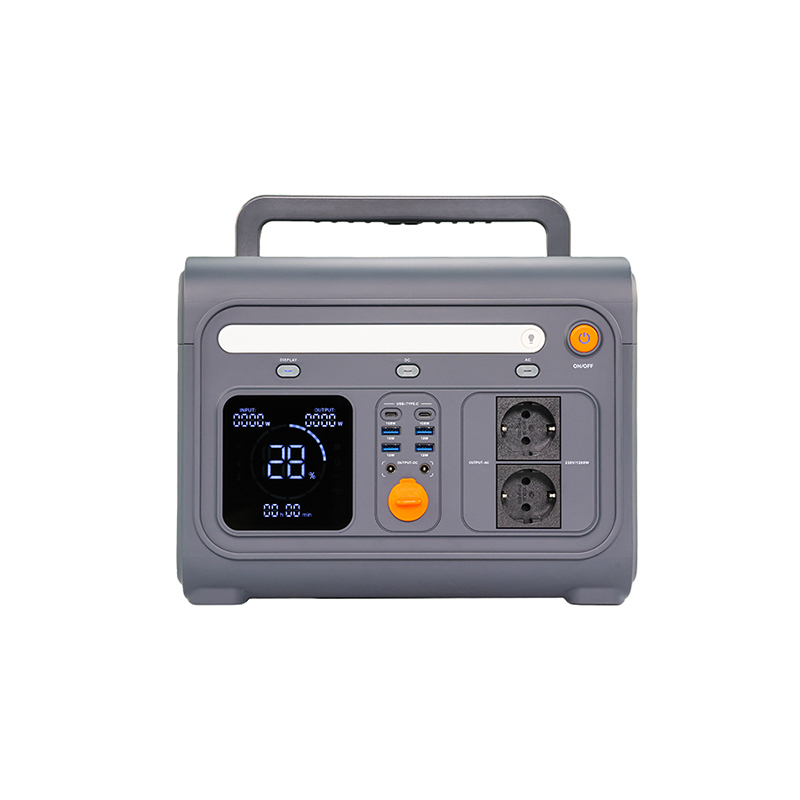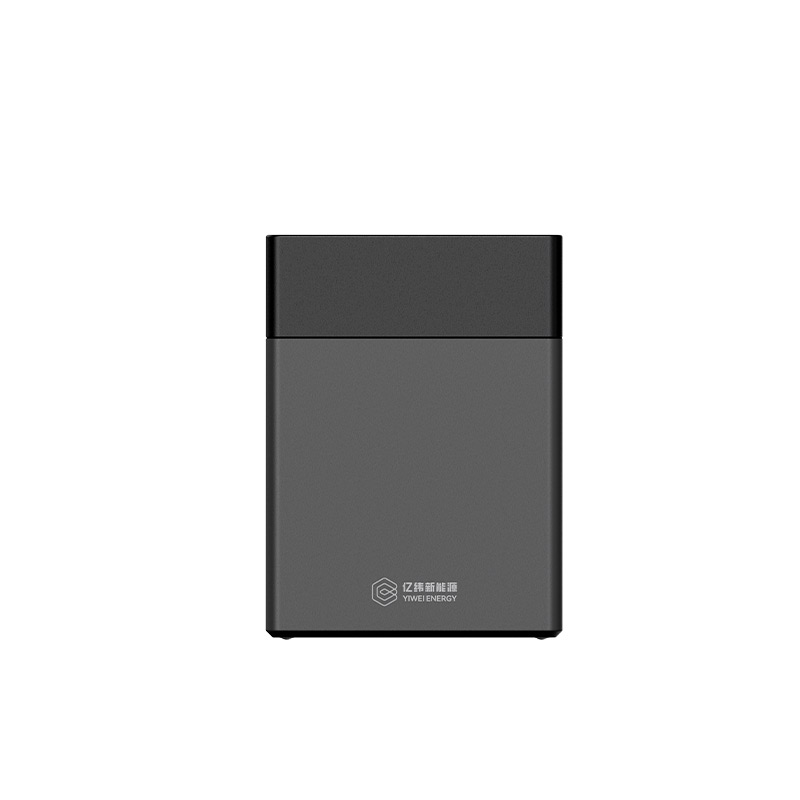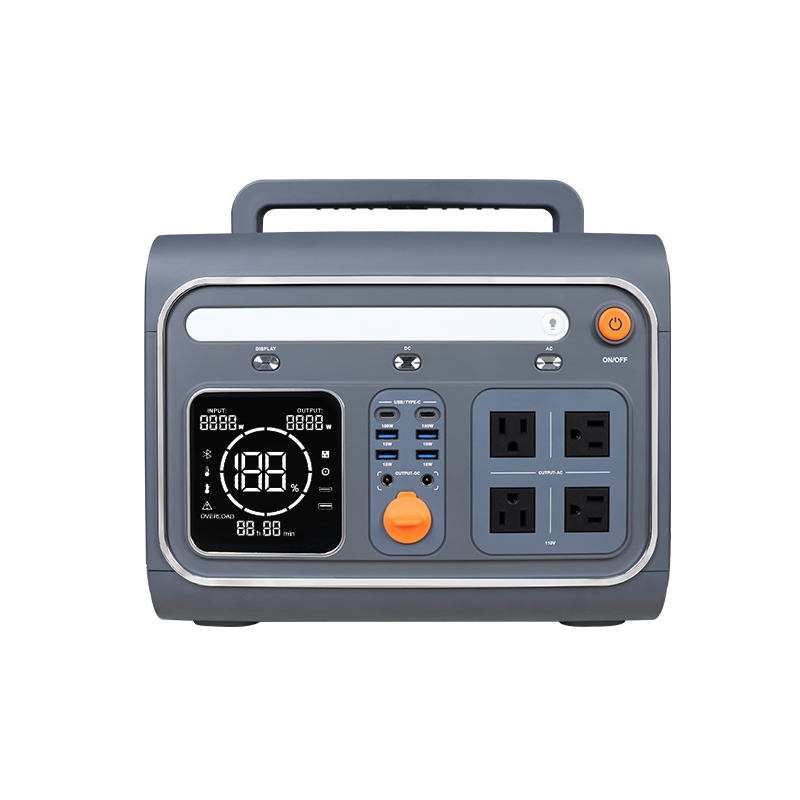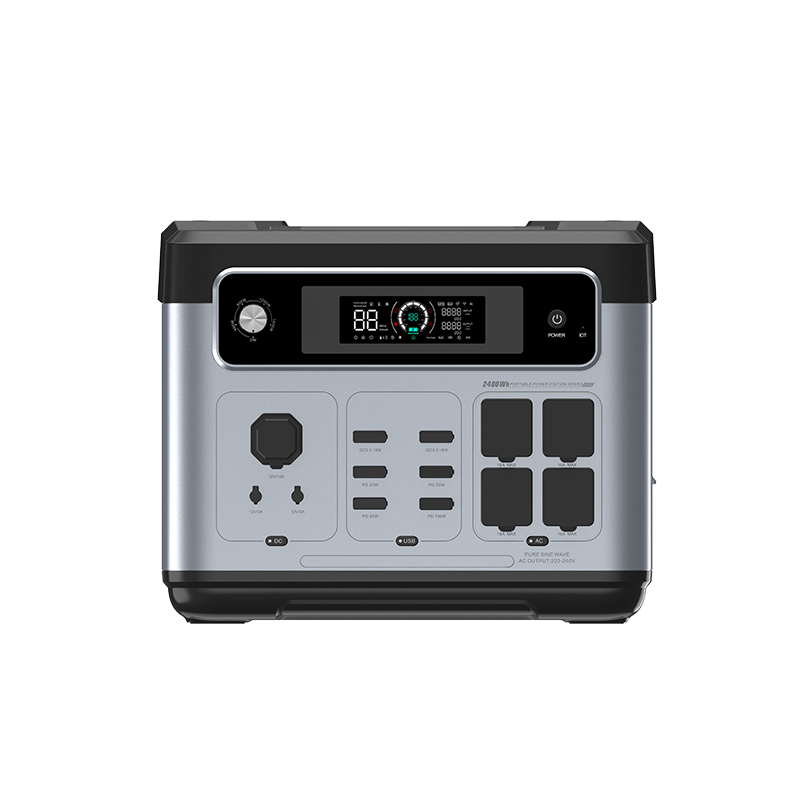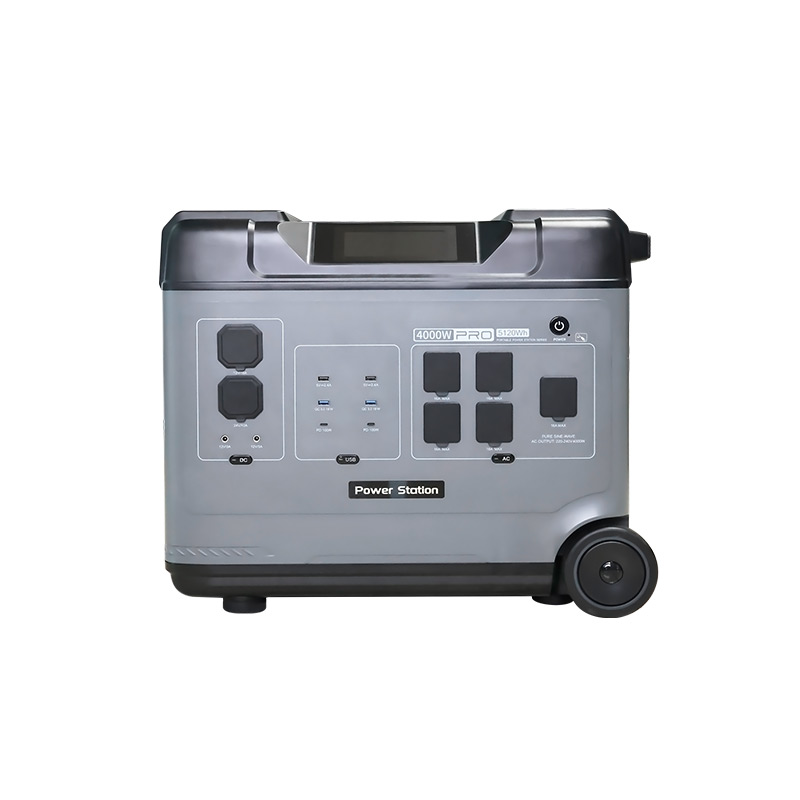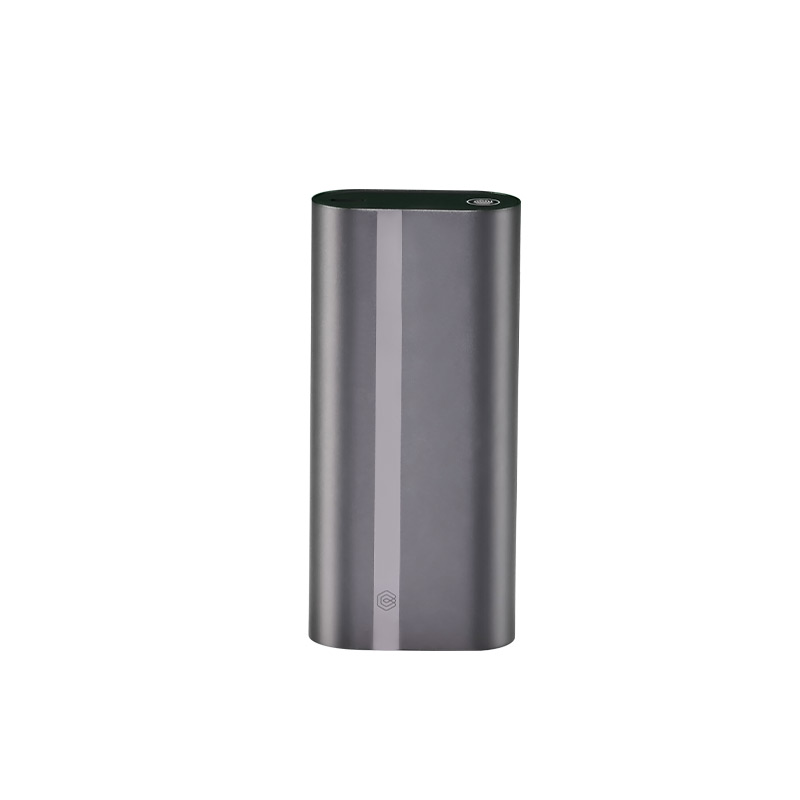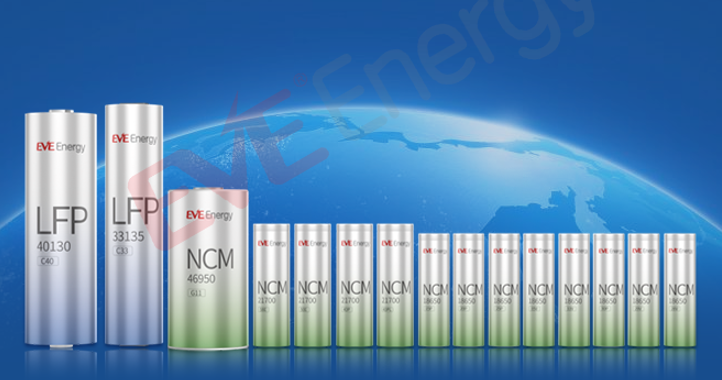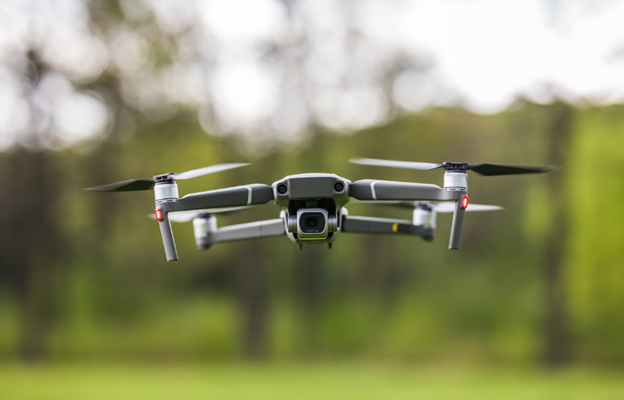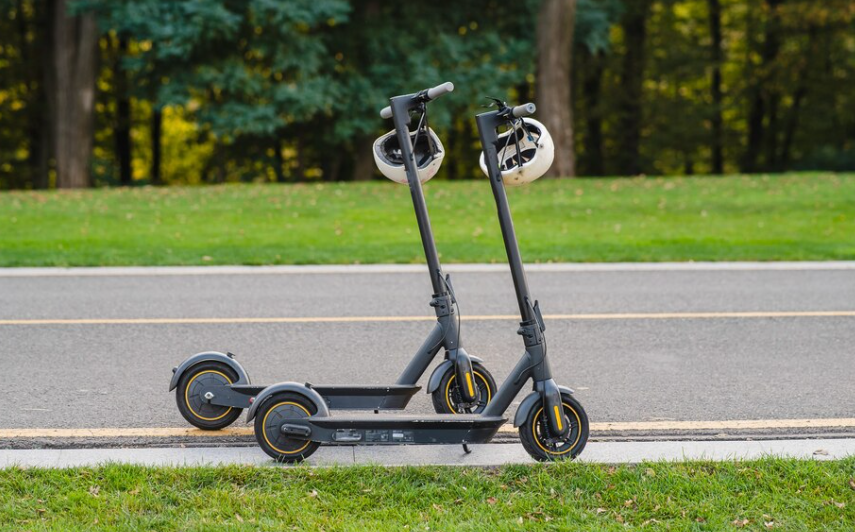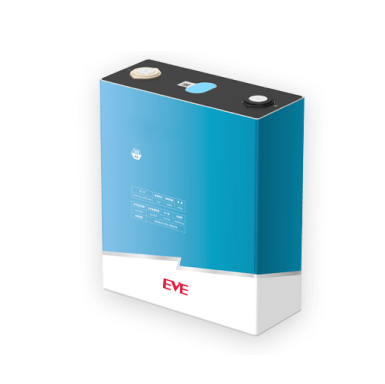How Does Temperature Affect LFP & Lithium Battery Performance?
2025.08.21
Capacity and voltage steal the spotlight. Yet, temperature quietly governs both the energy you get and how long the pack lasts. Running a lithium-ion cell at a higher temperature can reduce its service life. On the other hand, sub-zero temperatures slow the chemistry and decrease usable capacity. That's why manufacturers quote a LiFePO4 battery temperature range and recommend keeping the battery at a temperature close to room temperature. Hence, you don't pay later in lost runtime or cycles.

How Temperature Affects Battery Performance
High Temperatures
High heat speeds up every chemical reaction in the cell. The electrolyte oxidizes, the SEI grows thicker, active materials crack, and self-discharge can double. Due to higher heating, exothermic reactions snowball into a thermal runaway. The runaway release of heat and gas ruins packs.
Low Temperatures
Cold does the opposite. Ions move slowly, and the electrolyte thickens, causing internal resistance to rise and available capacity to decrease. Charge while cold, and metallic lithium can plate onto the graphite anode, stealing capacity forever or piercing the separator. Staying above the lower edge of the LiFePO4 battery temperature range or pre-warming before charging avoids these pitfalls.
LFP vs. Li-ion: Who Handles the Heat (and Cold) Better?
LFP cells shrug off heat better, staying stable until approximately 270°C. Nickel-rich Li-ion, like NMC, can run away near 210°C, so they age faster when fast-charged on hot days. In deep cold, the tables flip because LFP won't charge below freezing and loses power fast. On the other hand, NMC still retains charge and keeps more energy at lower temperatures. That's why people in desert heat pick LFP, but folks in icy winters still lean on regular Li-ion. A typical LiFePO4 battery temperature range of 0-50 °C for charging and -20-to-60 °C for discharge sums up the trade-off.
Active or Passive Thermal Management Systems
Keep cells in the LiFePO4 battery temperature range of 20-45°C. That's because drifting hotter or colder increases resistance, wear, and the risk of runaway. Passive fins or phase-change sleeves are cheap and quiet. Yet, their heat-removal capacity and added mass limit them to mild loads or gentle climates. High-current duty, fast charging, or desert traffic forces active fan-forced air or glycol loops around each module, which maintain tight ΔT and have a doubled service life compared to early air-cooled packs, such as the first-gen Nissan Leaf. The extra plumbing costs less over time than swapping expensive batteries. Therefore, Ford, GM, and Tesla all settled on liquid cooling.
Storage Temperature for Lithium-Ion Batteries
ü Why Storage Conditions Matter: Temperature drives every chemical reaction inside a battery, and that is why heat speeds up side reactions that rob capacity. Alternatively, deep cold can crack electrodes or trigger copper plating when you recharge.
ü LFP Batteries (Keep Them Cool and Half-Charged): For Li-ion cells that use iron-phosphate cathodes, the LiFePO4 battery temperature range for storage is -10°C to 50°C. Nevertheless, life is longest near room temperature, and the pack should rest at half SoC.
ü Conventional Li-ion Packs (More Sensitive to Heat): Classic NMC/NCA laptop or EV cells fare best at 15°C. Makers quote safe limits from -25°C to 65°C. Yet, capacity loss above 40°C climbs. Aim for a temperate room and keep the charge near 40%.
ü Control Humidity, Light, and Airflow: Store batteries where relative humidity is below 50% to preclude moisture-driven corrosion. Keep them out of the immediate sun, alongside guaranteeing gentle ventilation so any heat or off-gassing can disperse.
ü Maintenance Checks That Pay Off: Verify open-circuit voltage every three to six months. Recharge to 40% if the pack drifts below the level, and retire cells that swell, leak, or drop under 2.5 V per cell because recovery is unlikely and safety falls off.

EVE's LFP Cylindrical Batteries and NCM Cylindrical Cells
We recommend our C40 (3.2 V 20 Ah) and C33 (3.2 V 15 Ah) cylindrical LiFePO4 cells when you need rugged storage or outdoor power; they fit the usual LiFePO4 temperature range, and their metal cans simplify pack assembly.
C40 (Model: C40-1301 | 3.2V 20Ah)
Key Features:
· High Capacity & Power Output:
With a nominal capacity of 20Ah and a discharge rate of 0.5C, the C40 is ideal for high-power applications that require stable output and endurance.
· Excellent Low-Temperature Performance:
Operational temperature ranges from -20°C to +60°C, allowing reliable use in harsh outdoor conditions and remote energy setups.
· Structural Advantages:
Cylindrical metal can design offers robust mechanical strength and simplifies module integration—great for applications requiring durability and vibration resistance.
· Long Cycle Life:
Designed to support 4,000 cycles under standard conditions, ensuring long-term energy storage performance with minimal degradation.
C33 (Model: C33-135 | 3.2V 15Ah)
Key Features:
· Balanced Energy & Size:
15Ah nominal capacity in a slightly smaller format than the C40, making it well-suited for systems requiring a lighter, more compact cell.
· 2C Discharge Rate (30A):
Delivers reliable power for applications that need moderate burst current while maintaining long-term safety.
· Thermal and Safety Performance:
Supports a wide operating temperature range (-20°C to +60°C) and includes high safety standards typical of LiFePO₄ chemistry—non-toxic, thermally stable, and resistant to thermal runaway.
· Durable Metal Shell:
The cylindrical housing offers superior mechanical integrity, especially useful for outdoor, mobile, or industrial environments.
For higher energy or stronger burst current, choose from our NCM cylindrical line—21700-50E 5 Ah.
EVE's NCM Cylindrical Cells: 21700-50E
Key Features:
· Ultra-High Energy Density:
Offering a nominal capacity of 5000mAh with energy density around 264Wh/kg, this 21700-format cell is ideal for applications where space is limited but energy demand is high.
· Fast-Charging Ready:
Supports a max continuous charging current of 5A and a max discharge rate of 3C, providing a good balance between fast charging and steady output.
· Stable Voltage Platform:
Nominal voltage of 3.65V, higher than traditional LiFePO₄ cells, delivering more watt-hours per cell.
· Standard Size, Maximum Efficiency:
The 21700 format is increasingly popular in high-performance packs due to its compact cylindrical design and higher volumetric energy density compared to 18650.
We also offer the 18650 family: 35V 3.5 Ah, 25P 2.5 Ah, 20P 2 Ah, and 33V 3.2 Ah.
Every model pairs low impedance with fast-charge handling and operates across the lithium battery temperature range. As a result, you can match capacity and size to your pack without worrying about thermal limits.
Reference:
https://eureka.patsnap.com/article/thermal-stability-of-lfp-vs-nmc-which-chemistry-is-safer
https://www.litime.com/blogs/blogs/lifepo4-temperature-range
https://www.uschemicalstorage.com/lithium-ion-battery-storage-requirements/
https://www.justrite.com/storing-li-ion-batteries/how-to-store-lithium-ion-batteries




